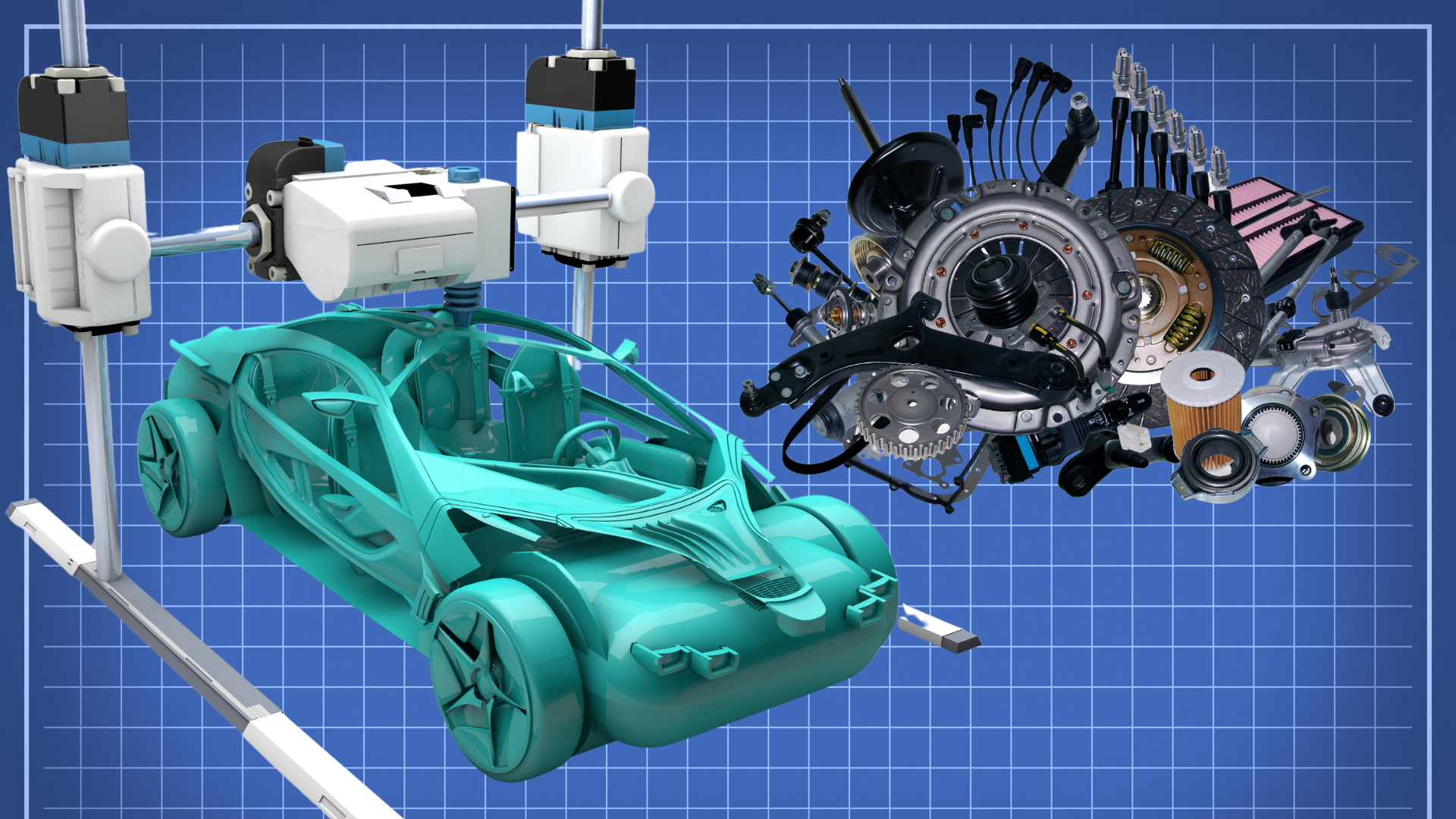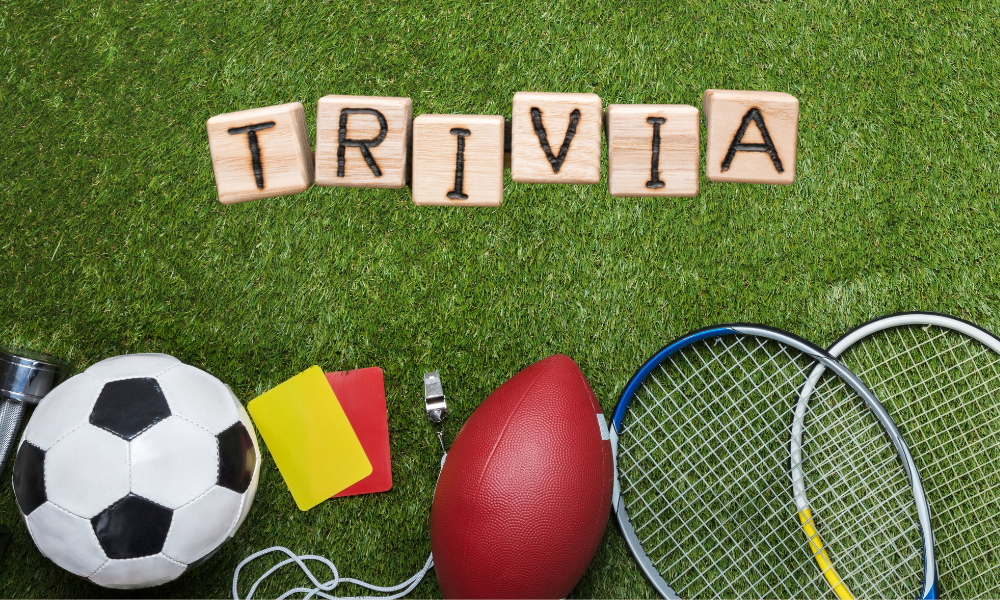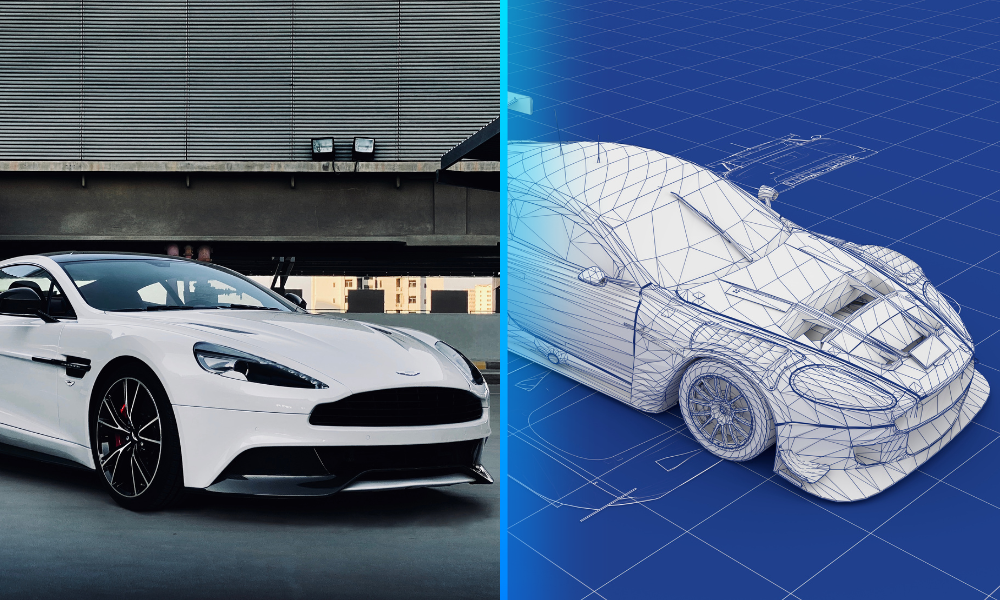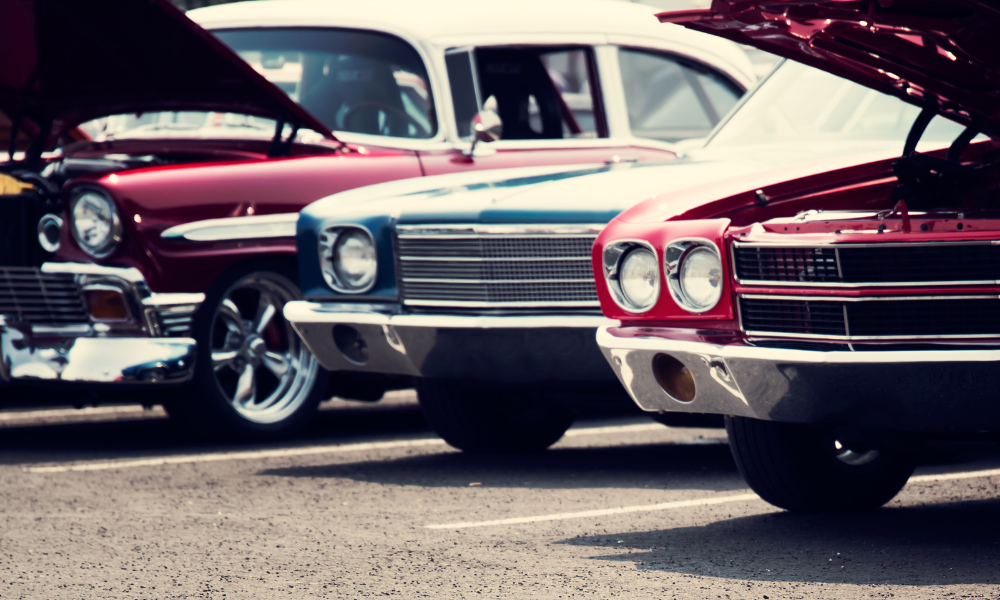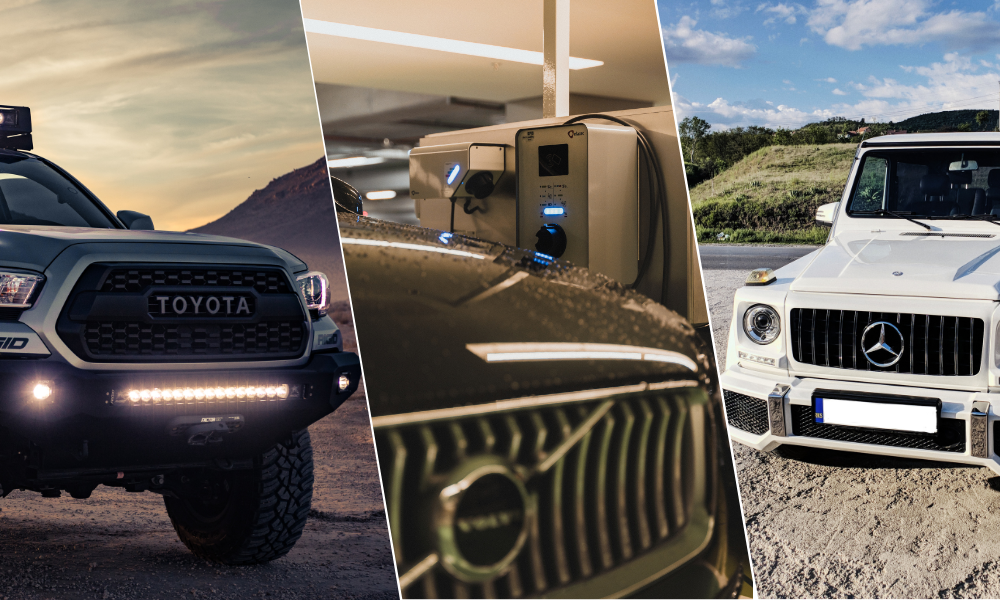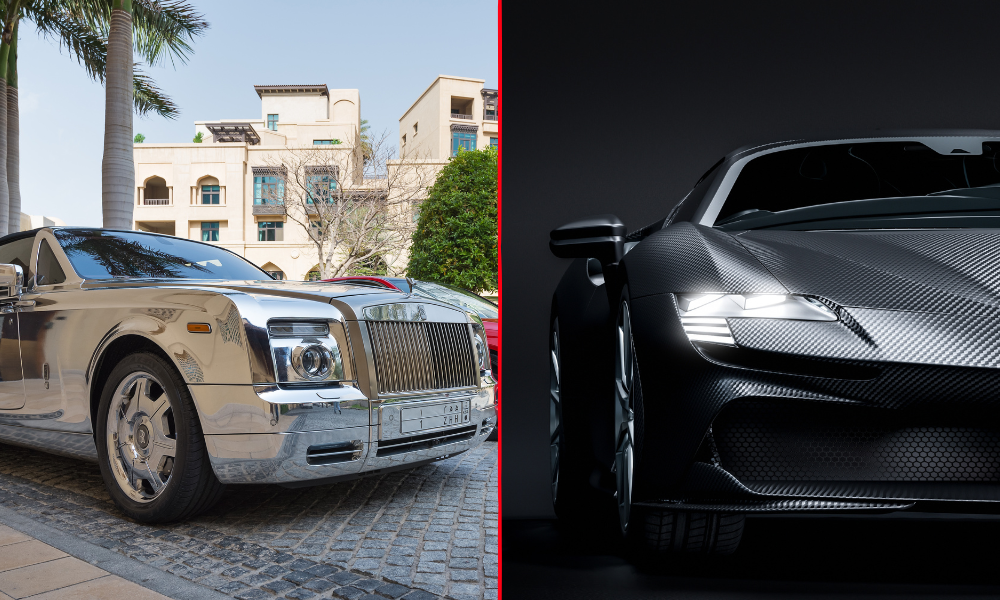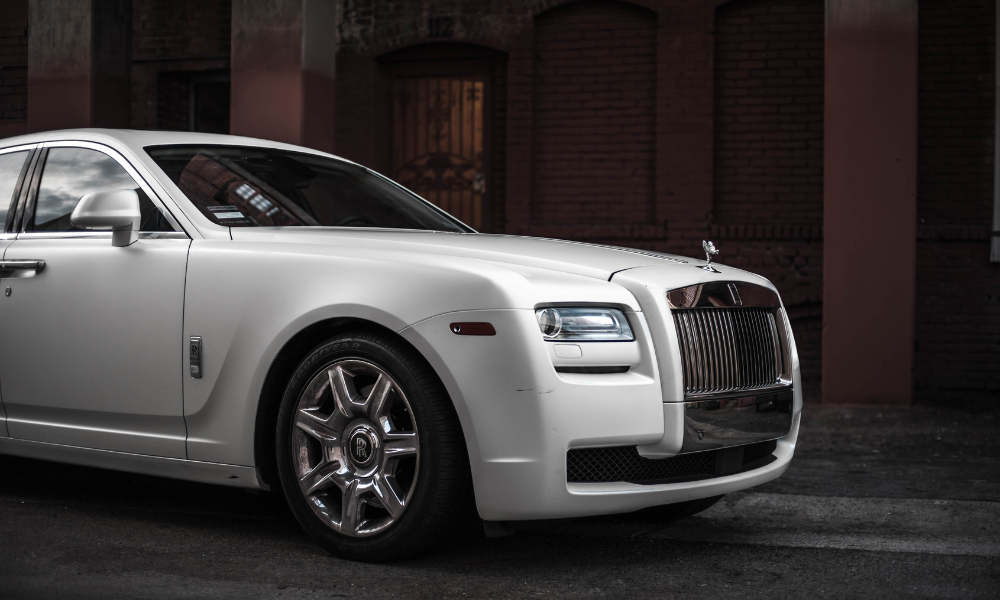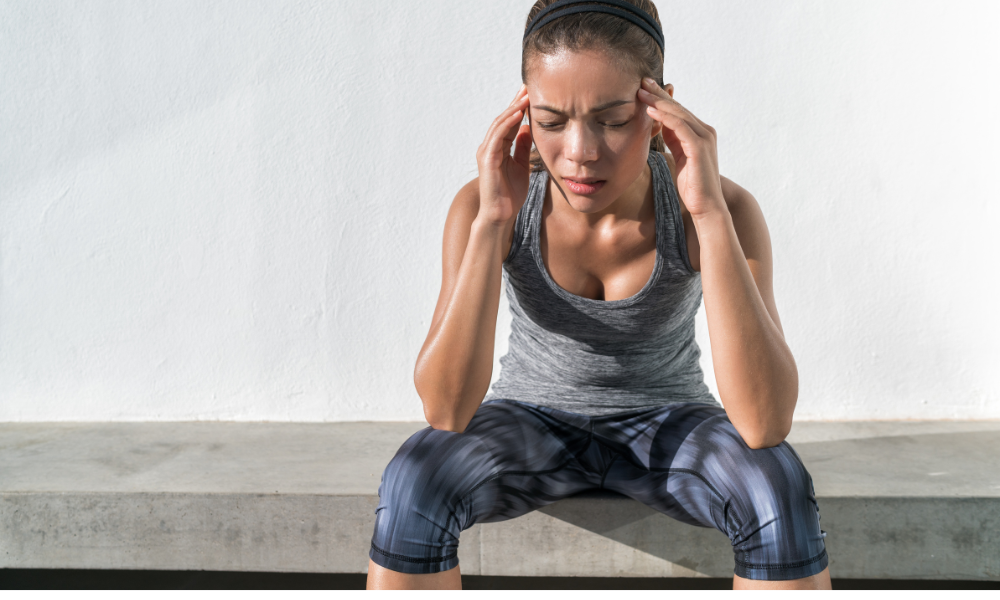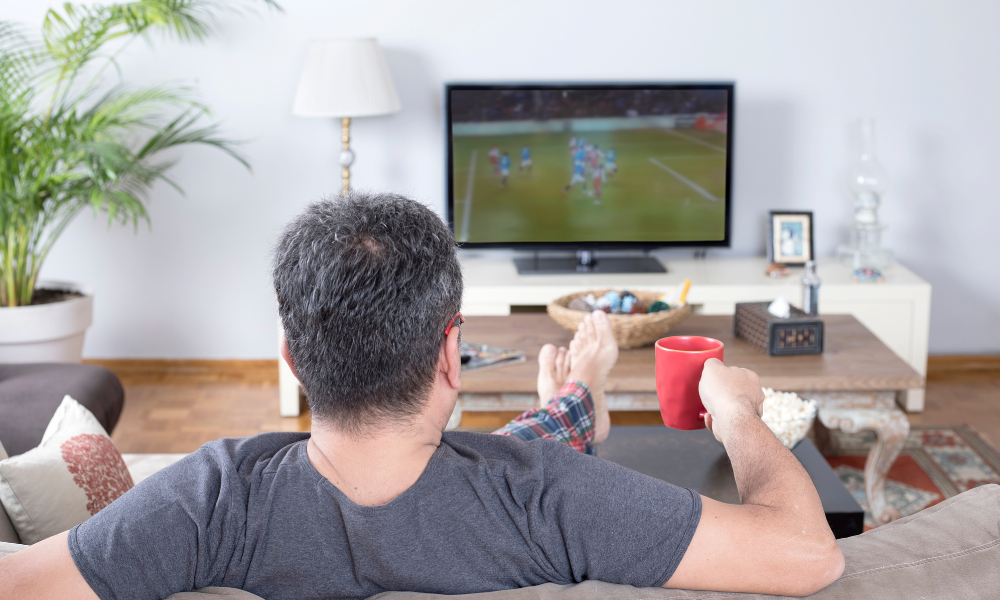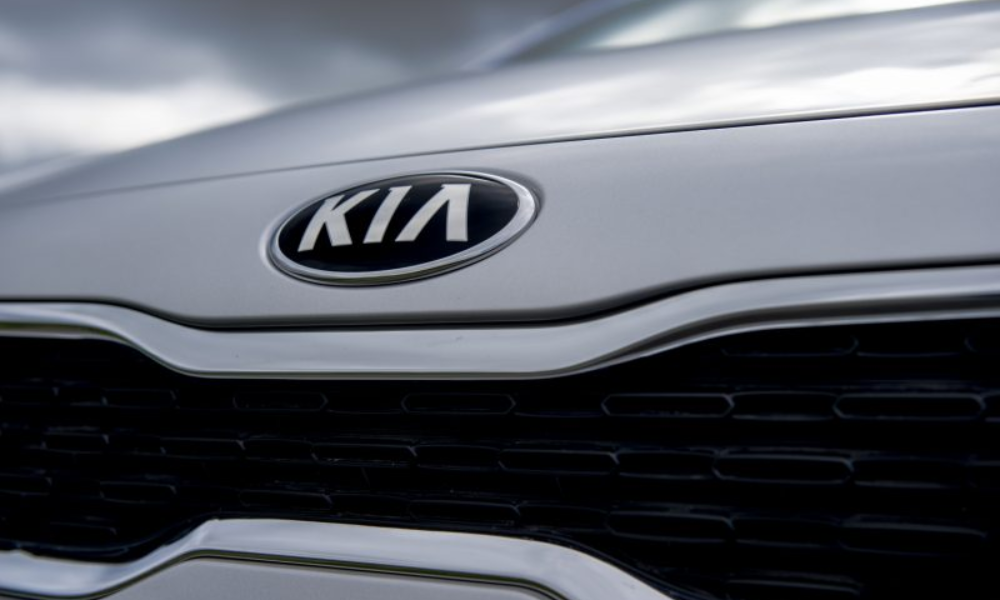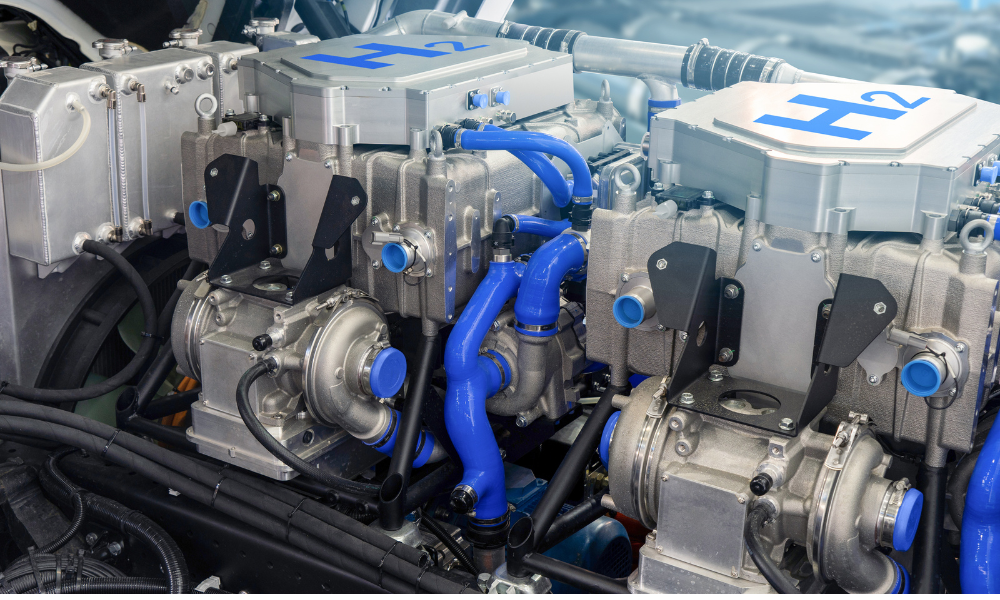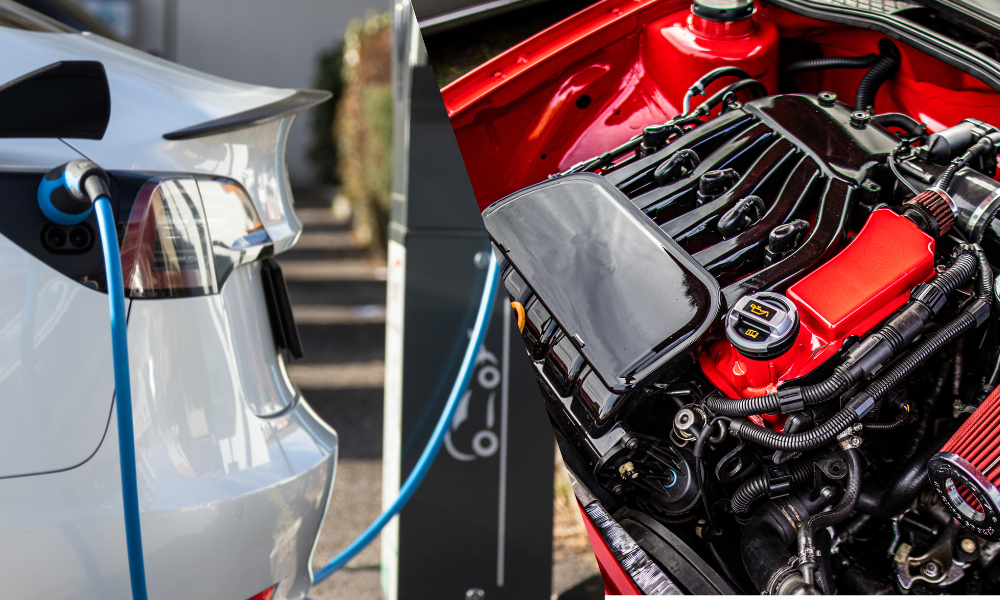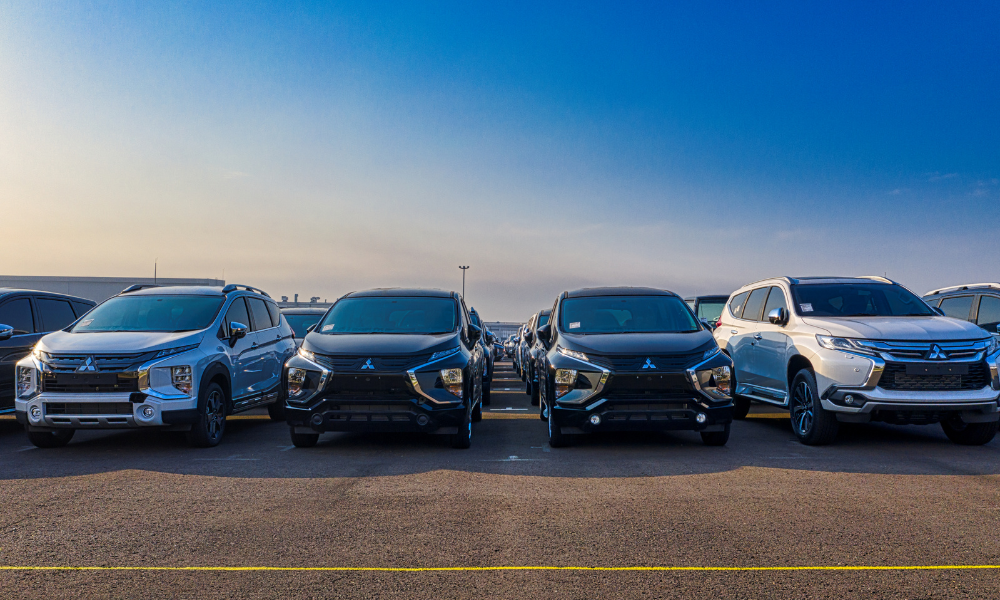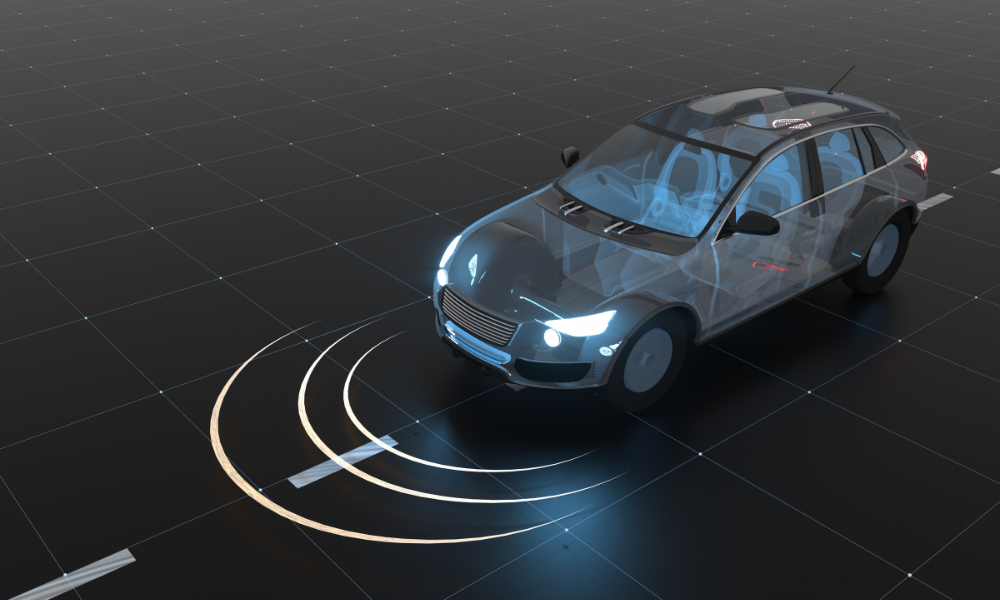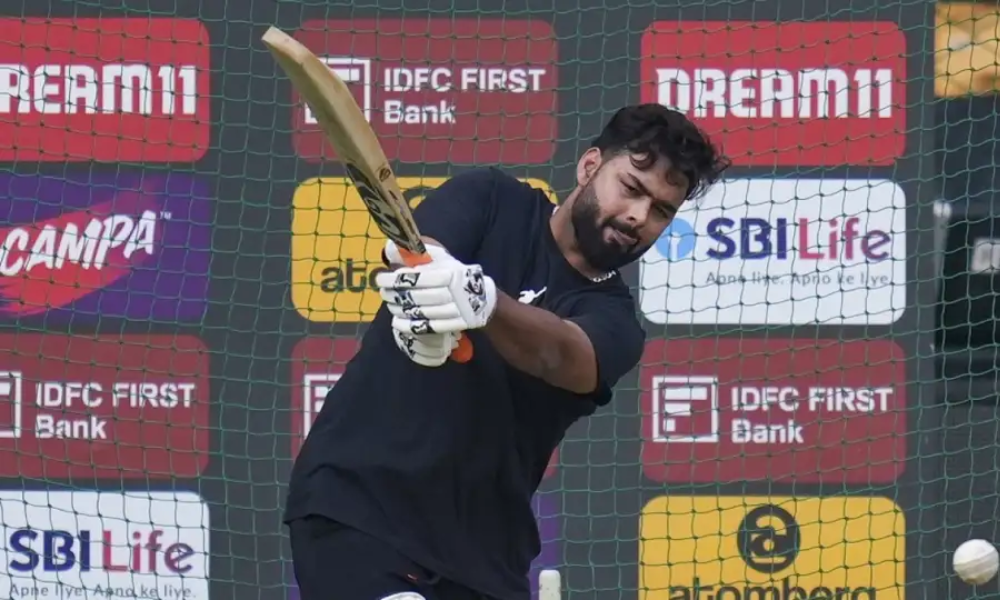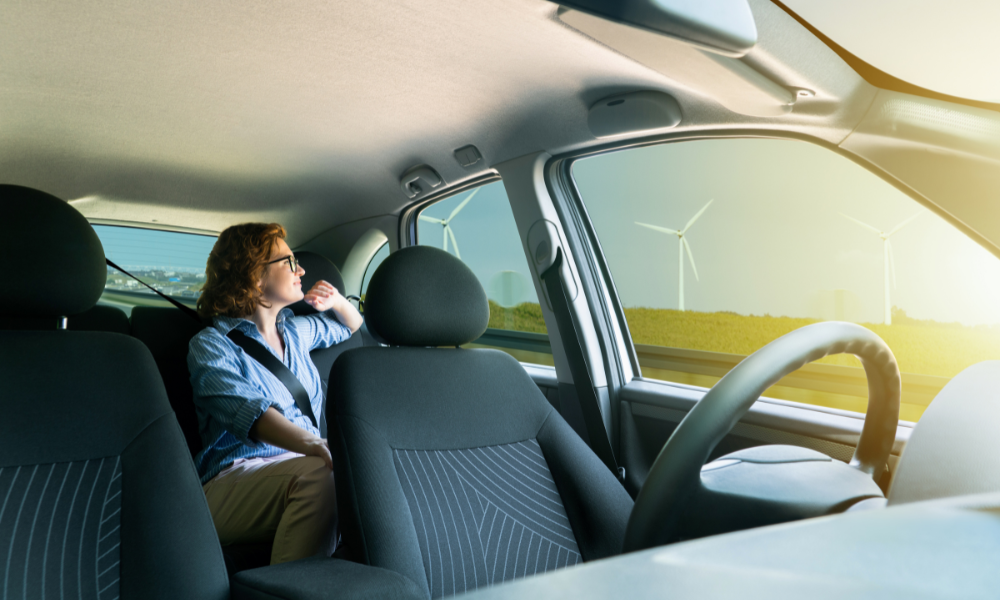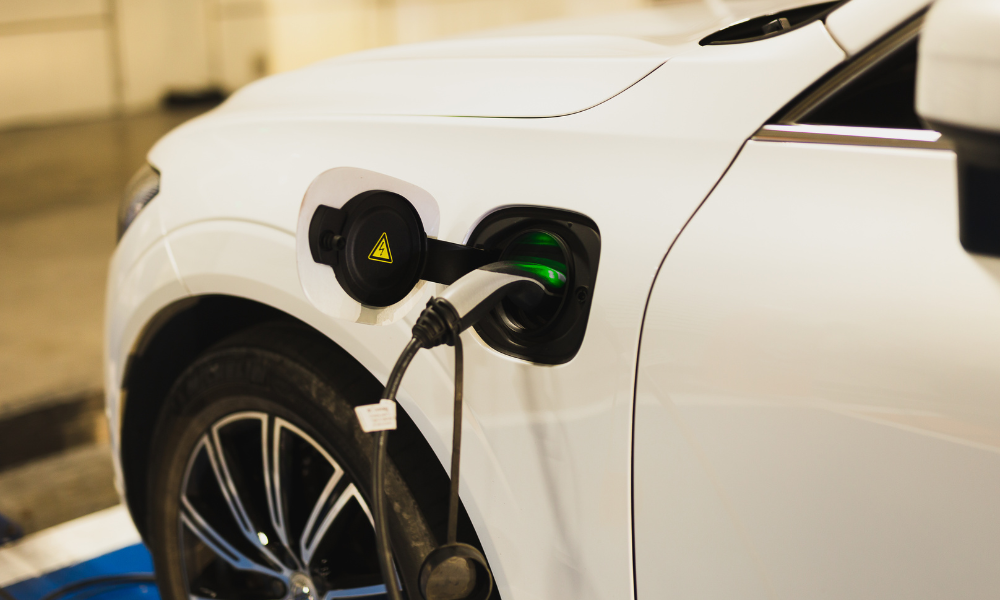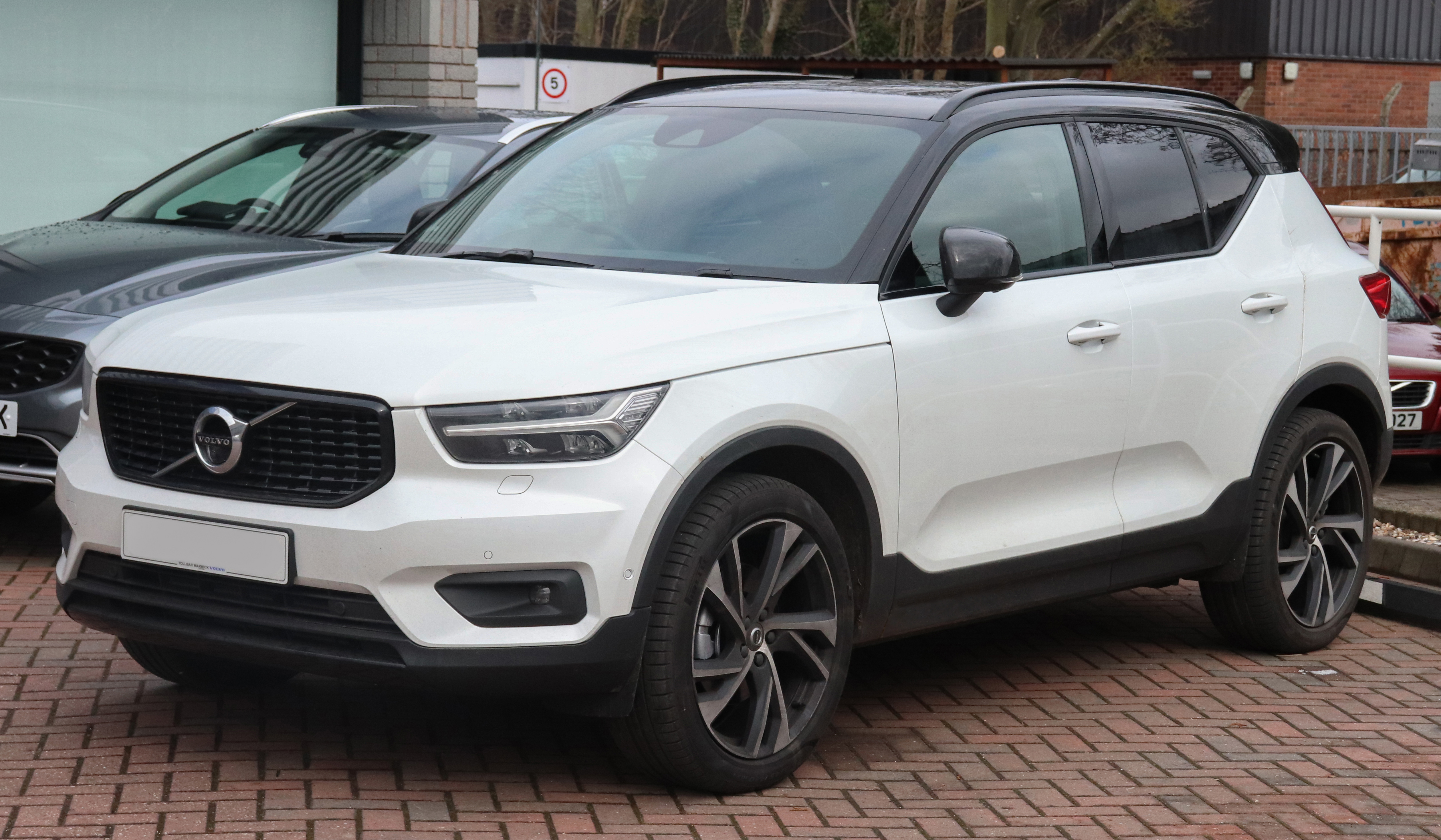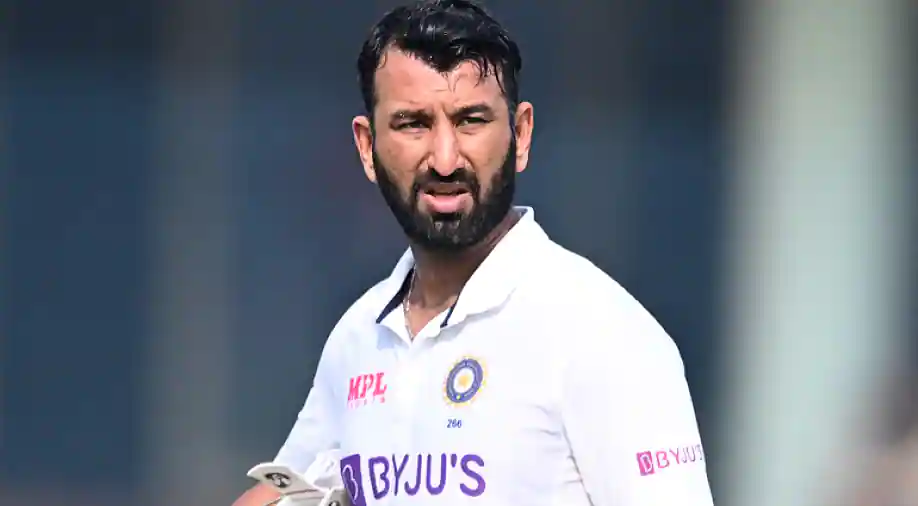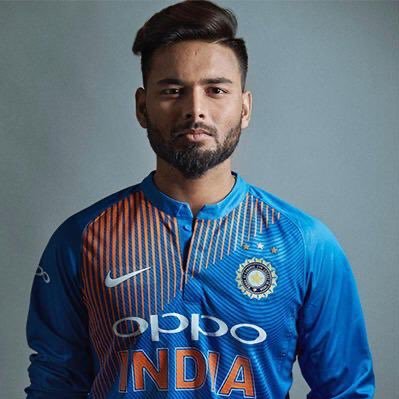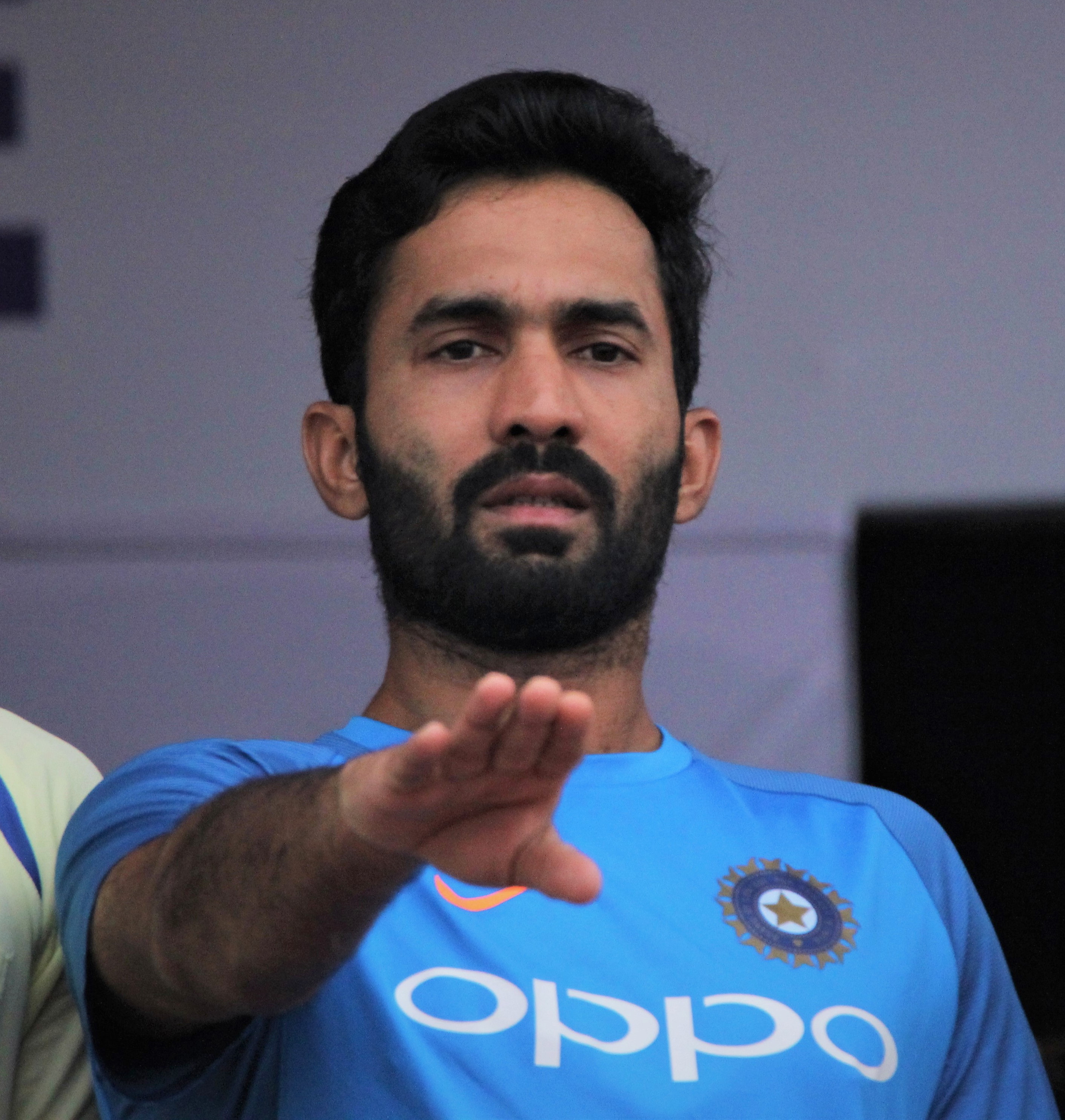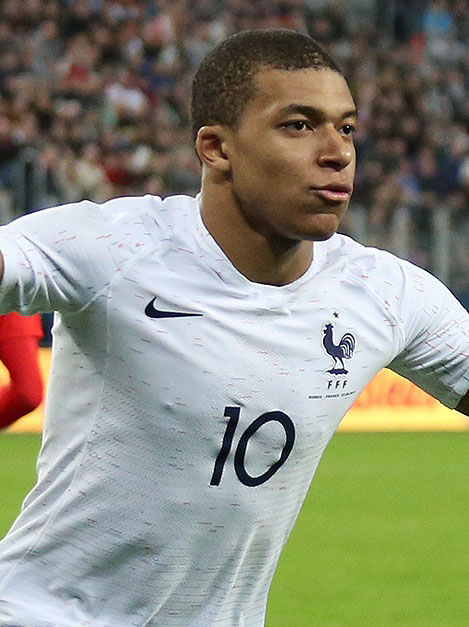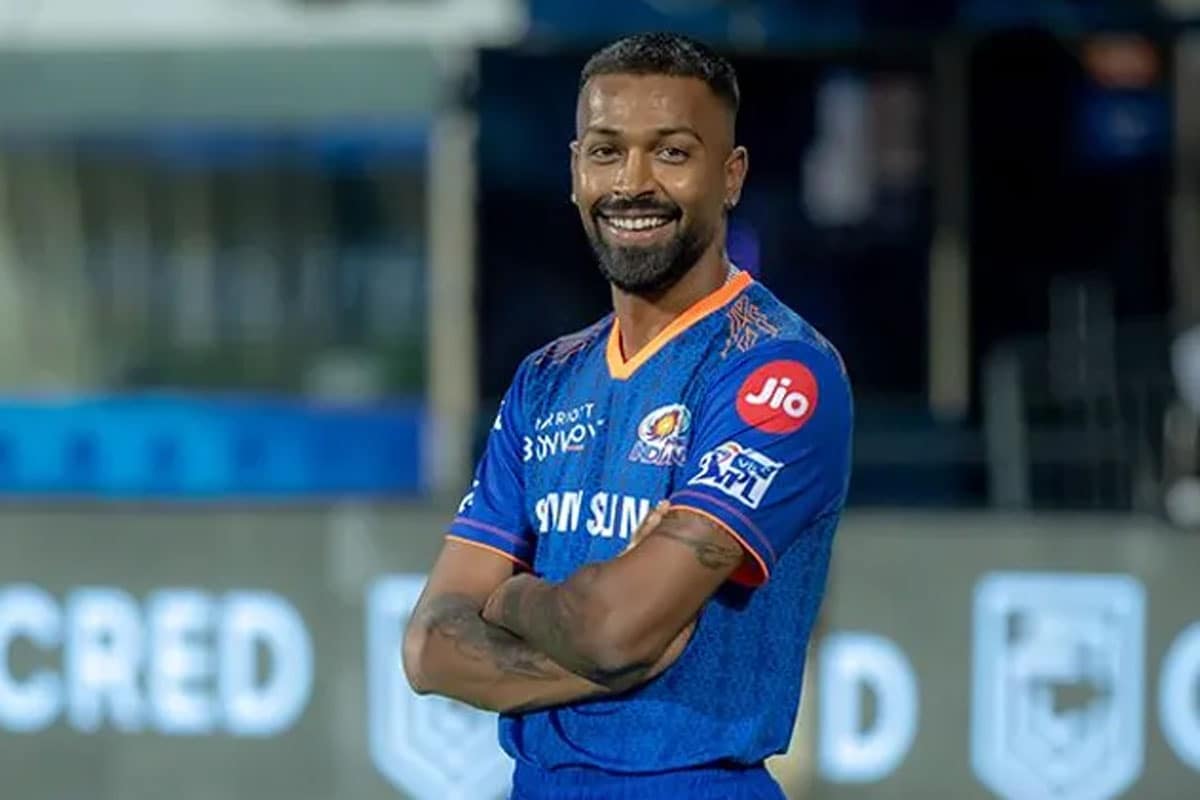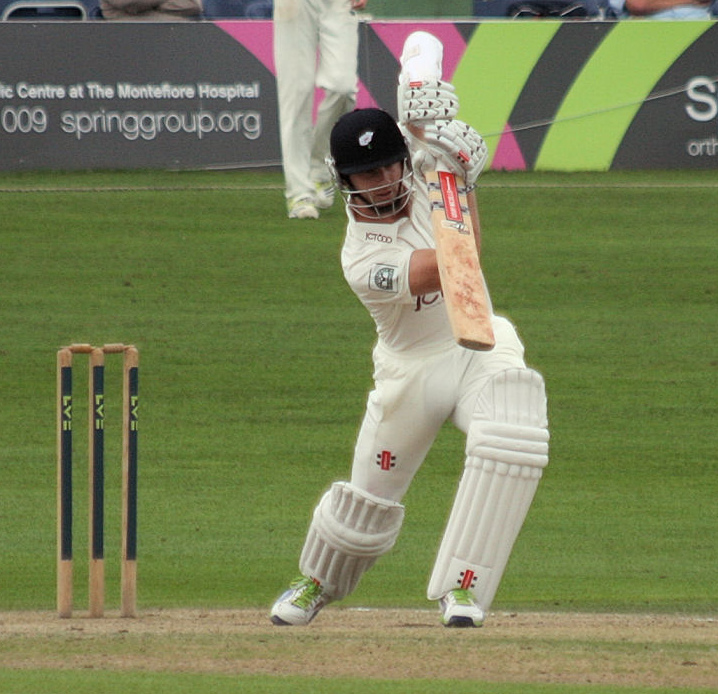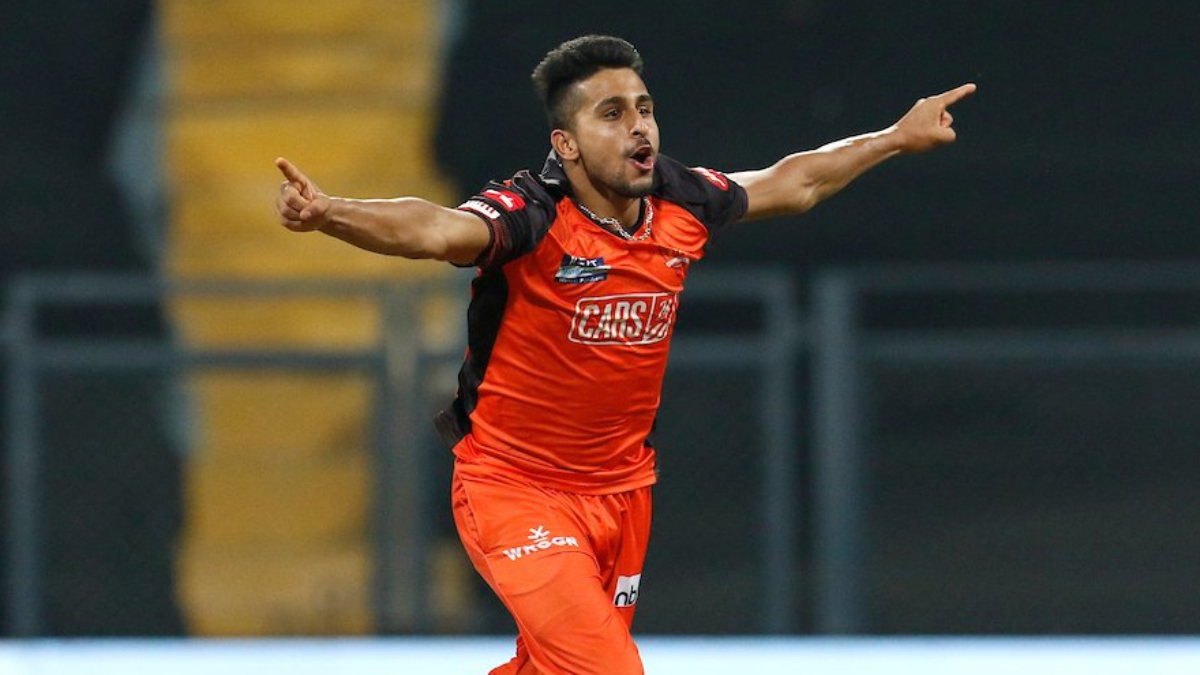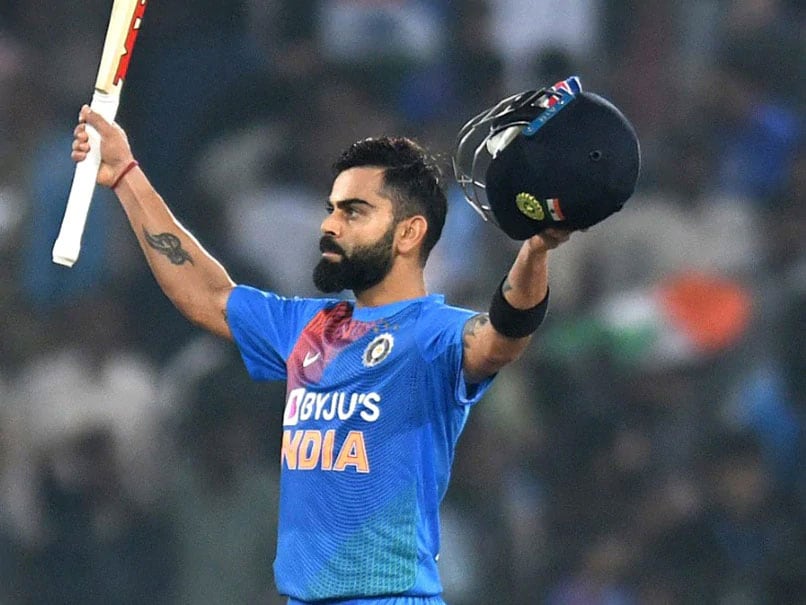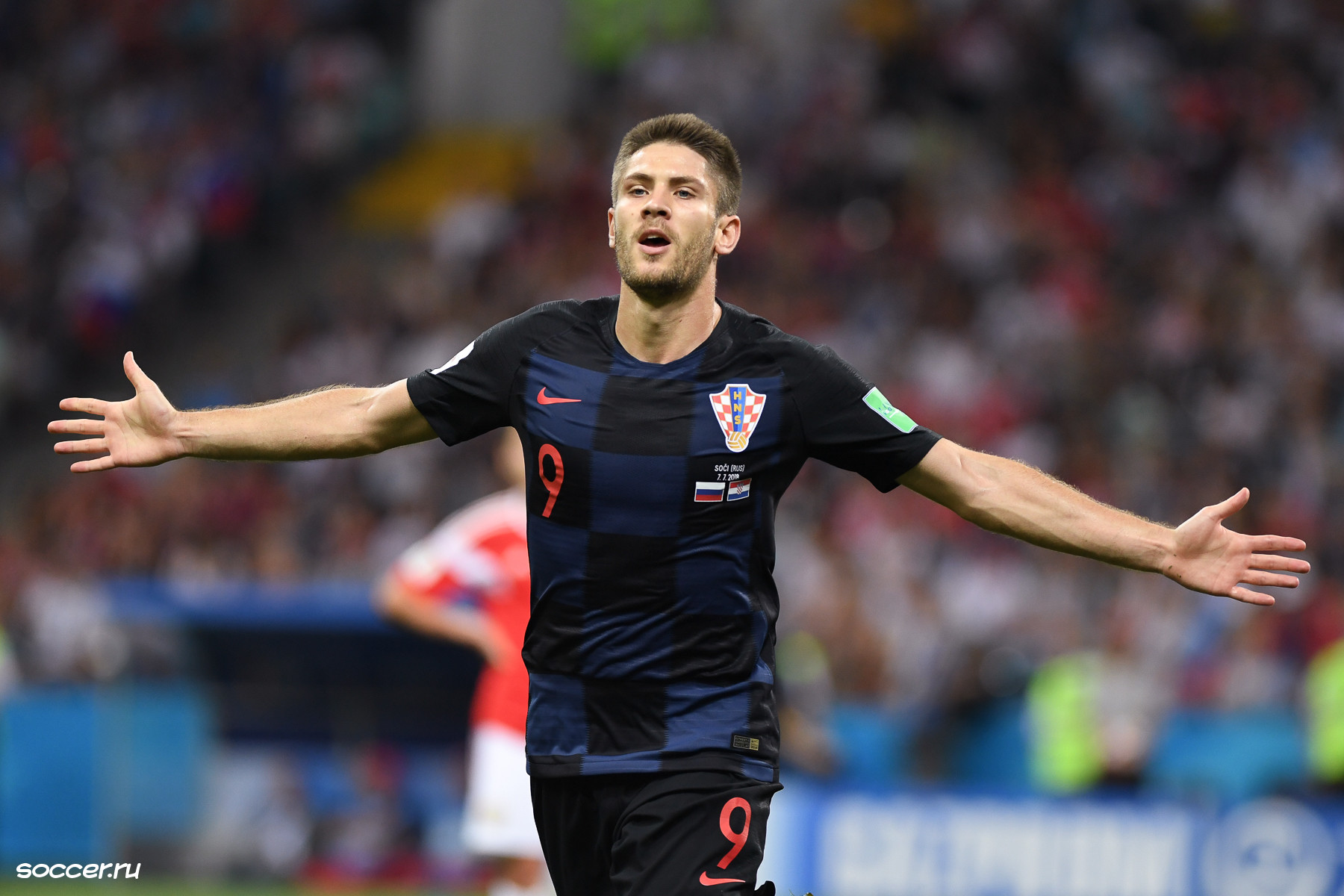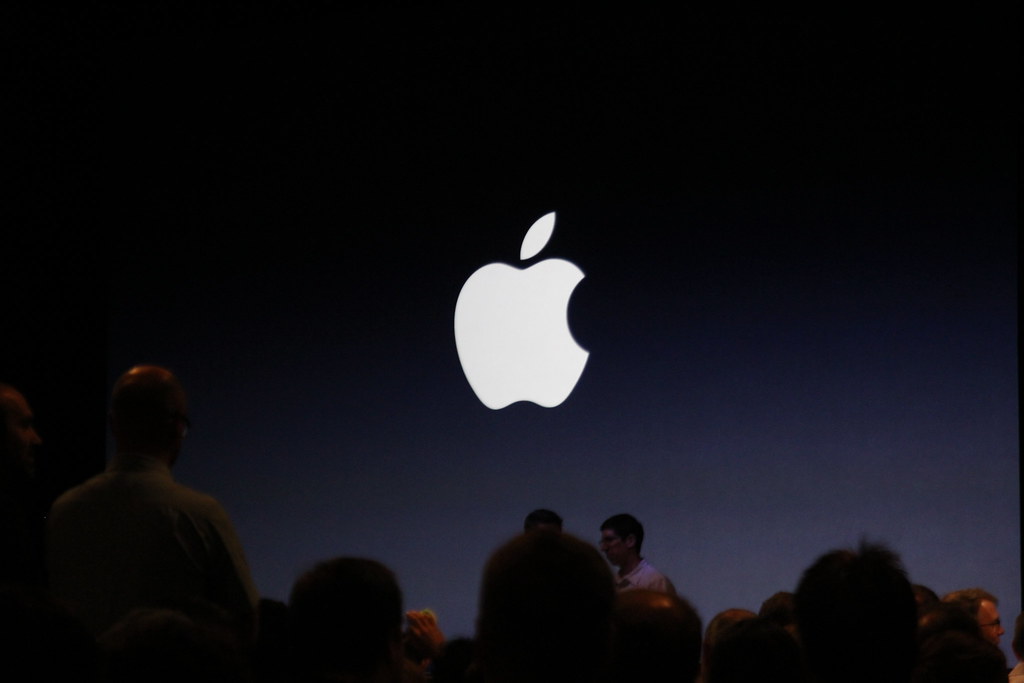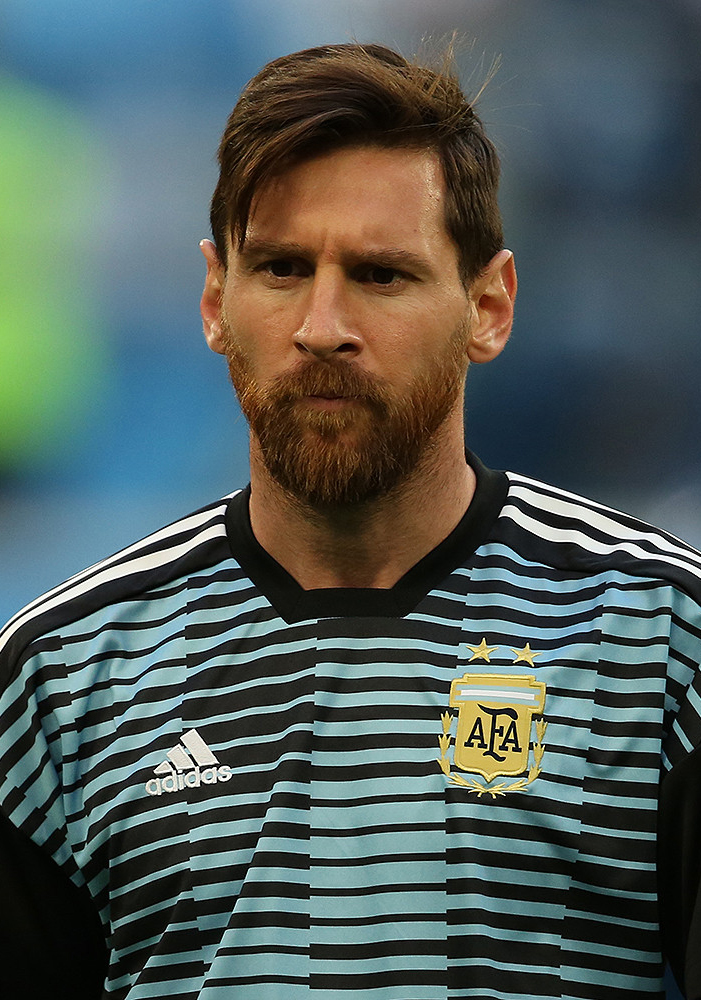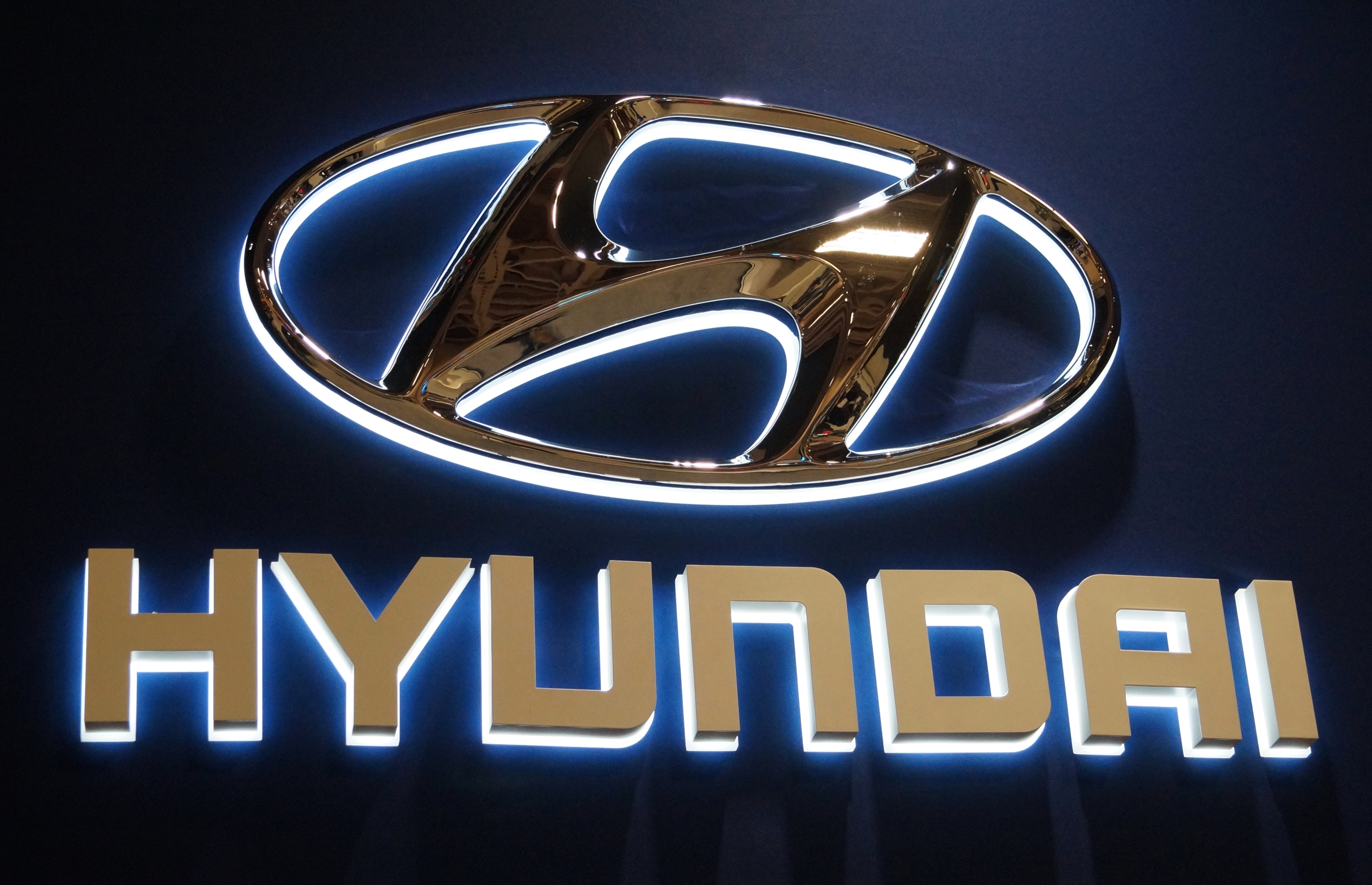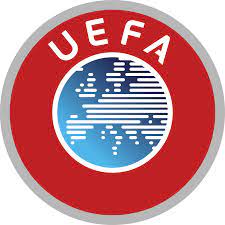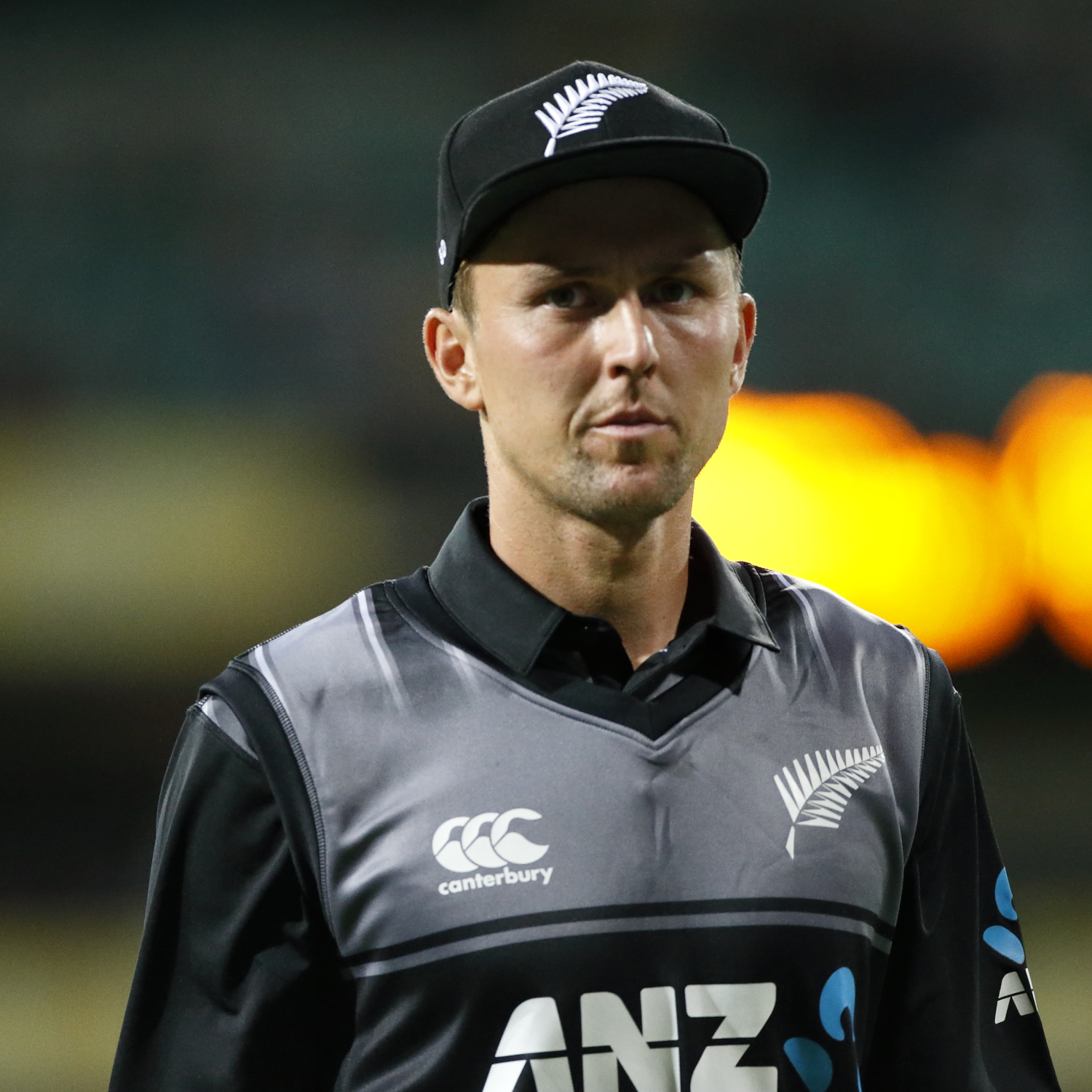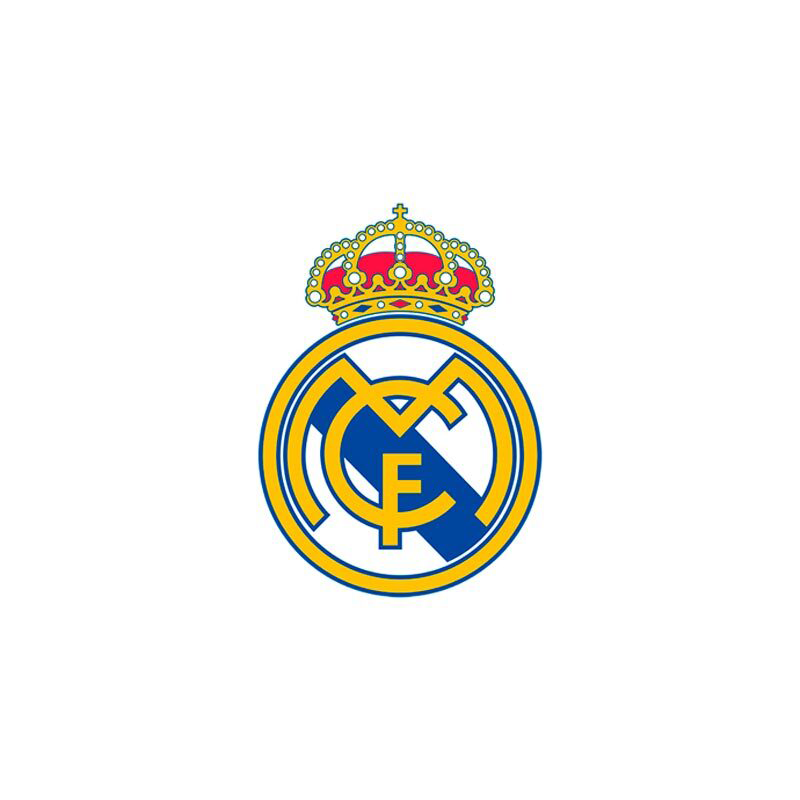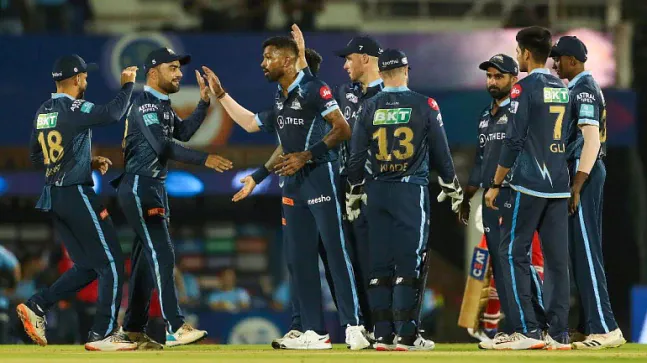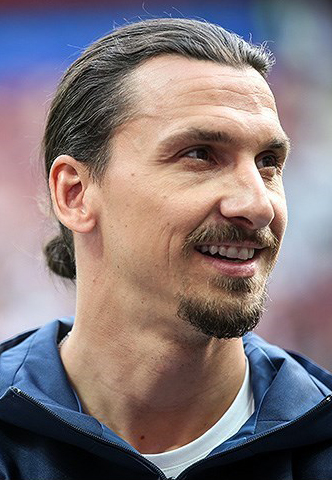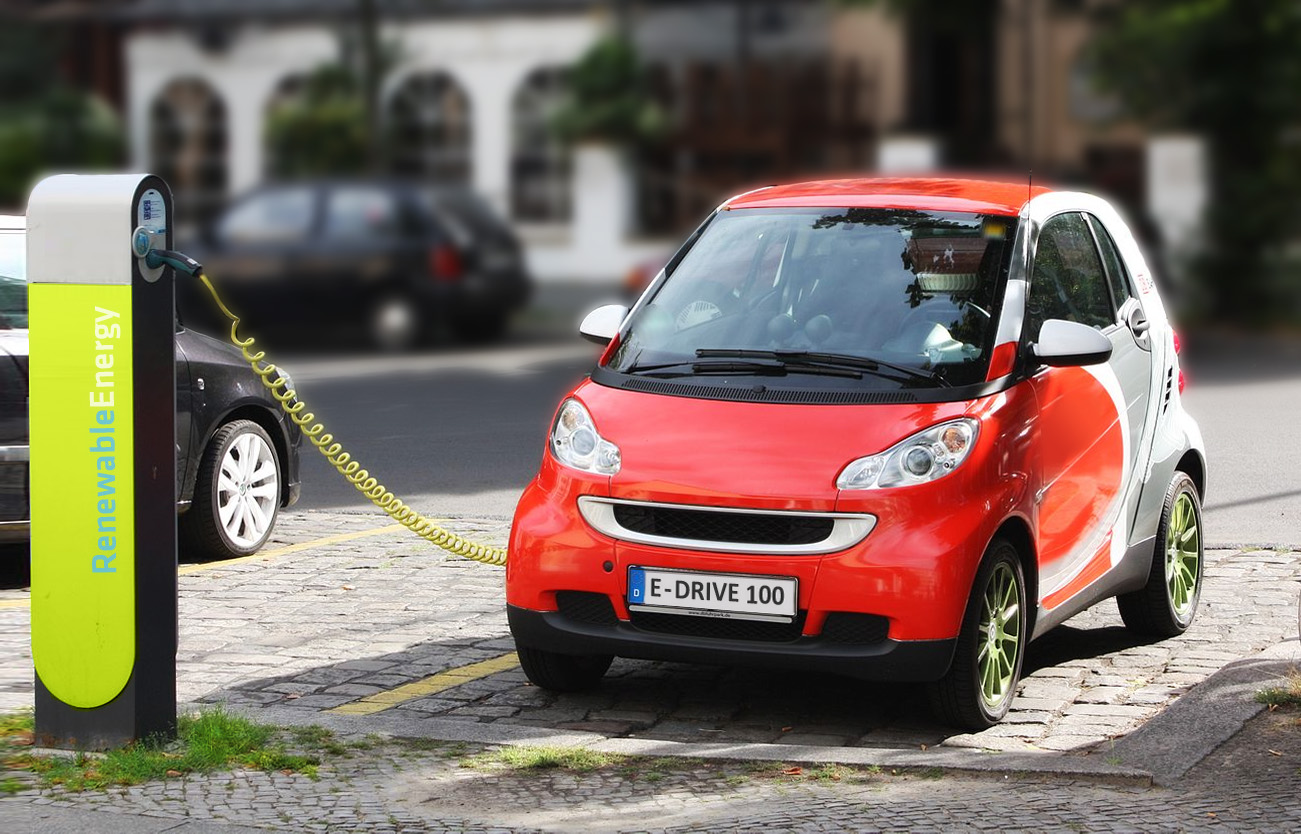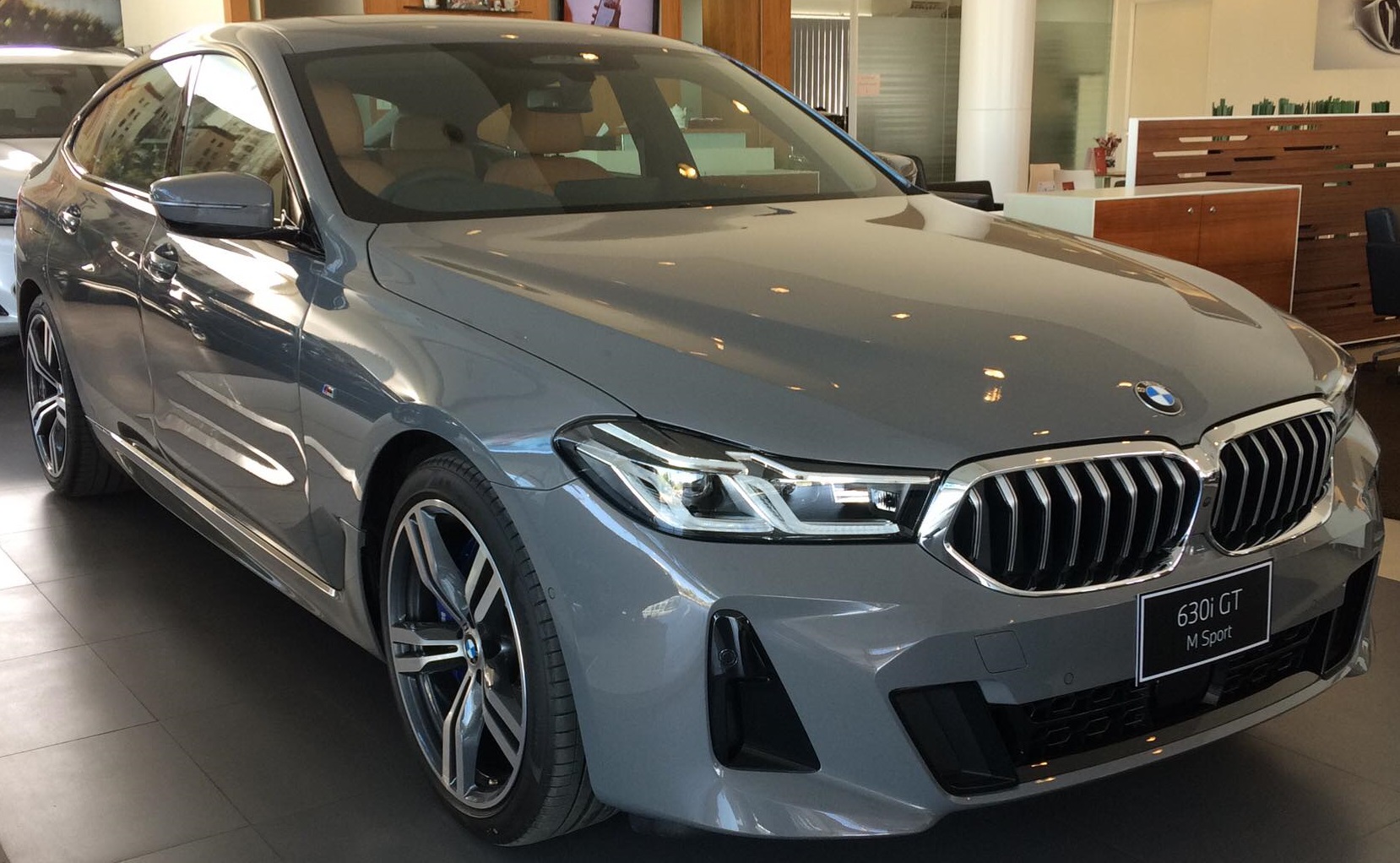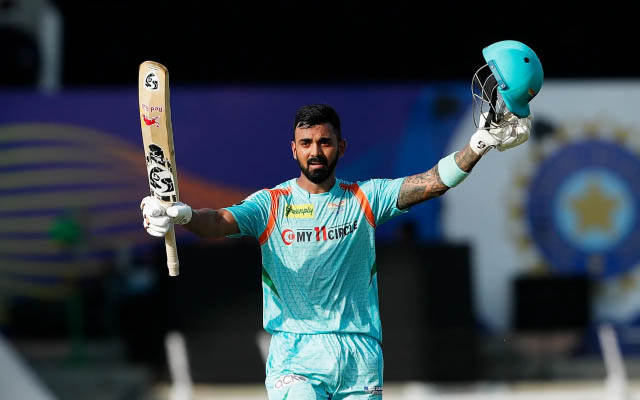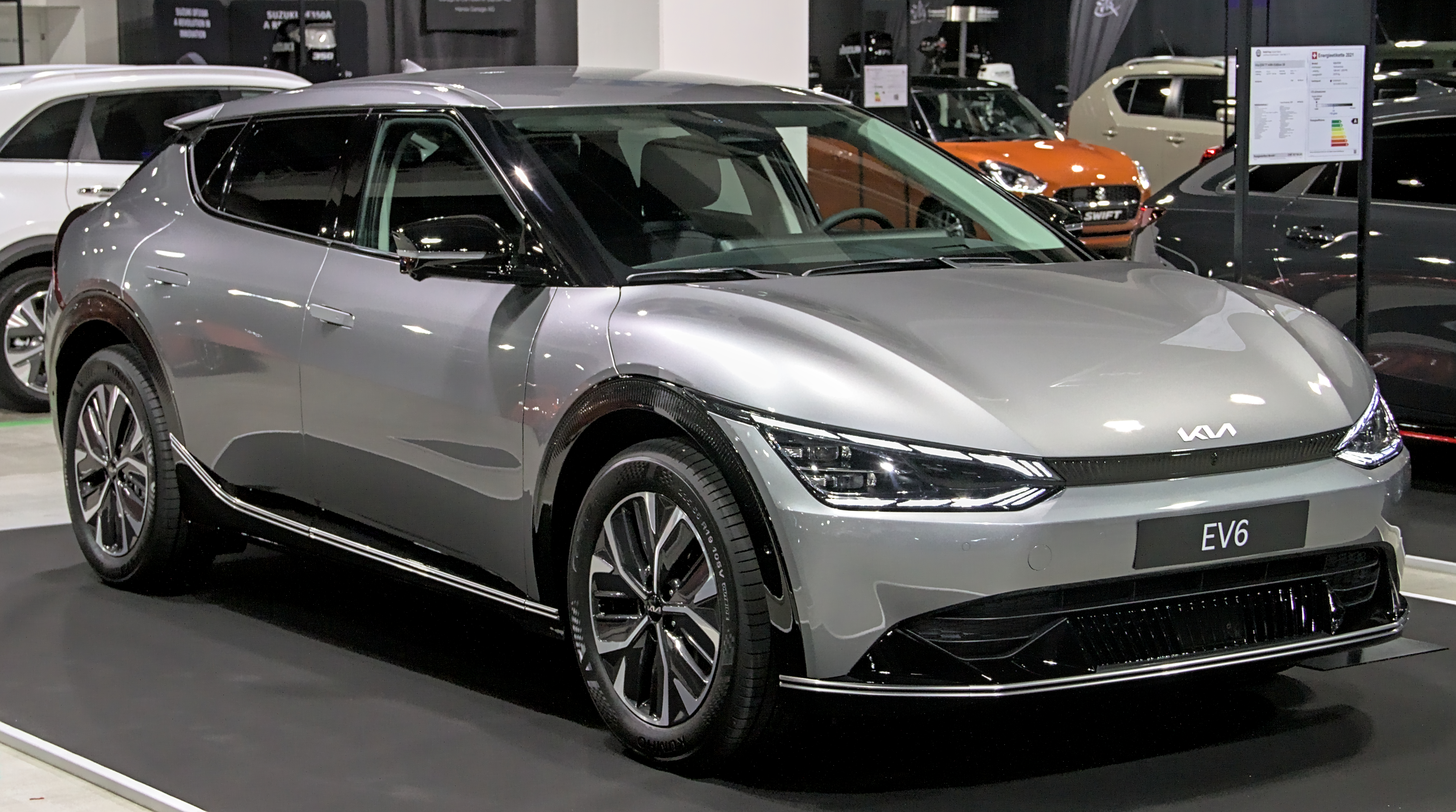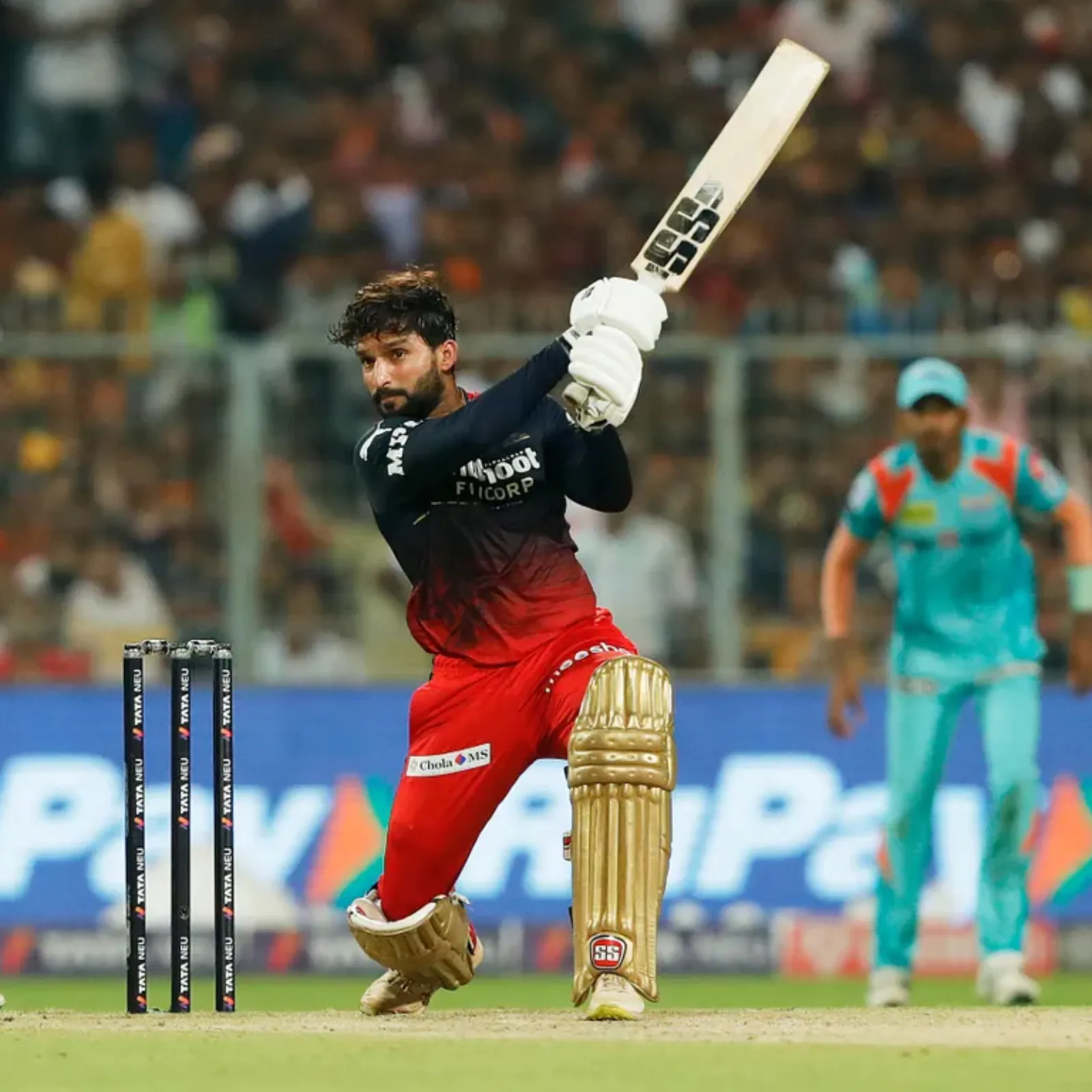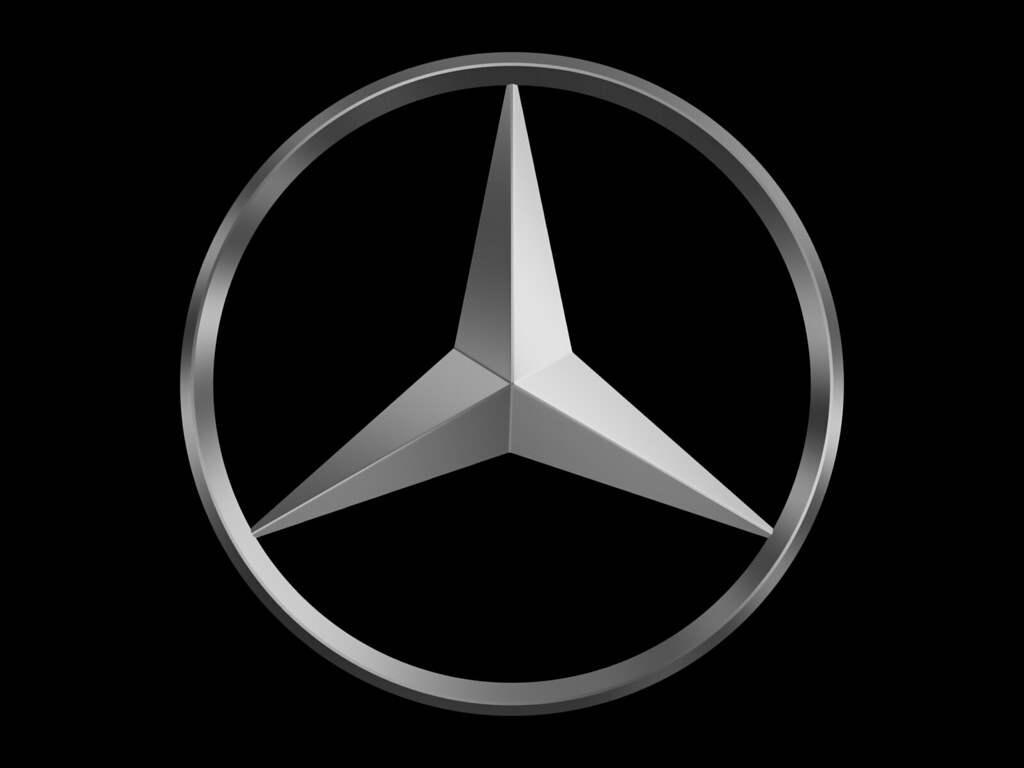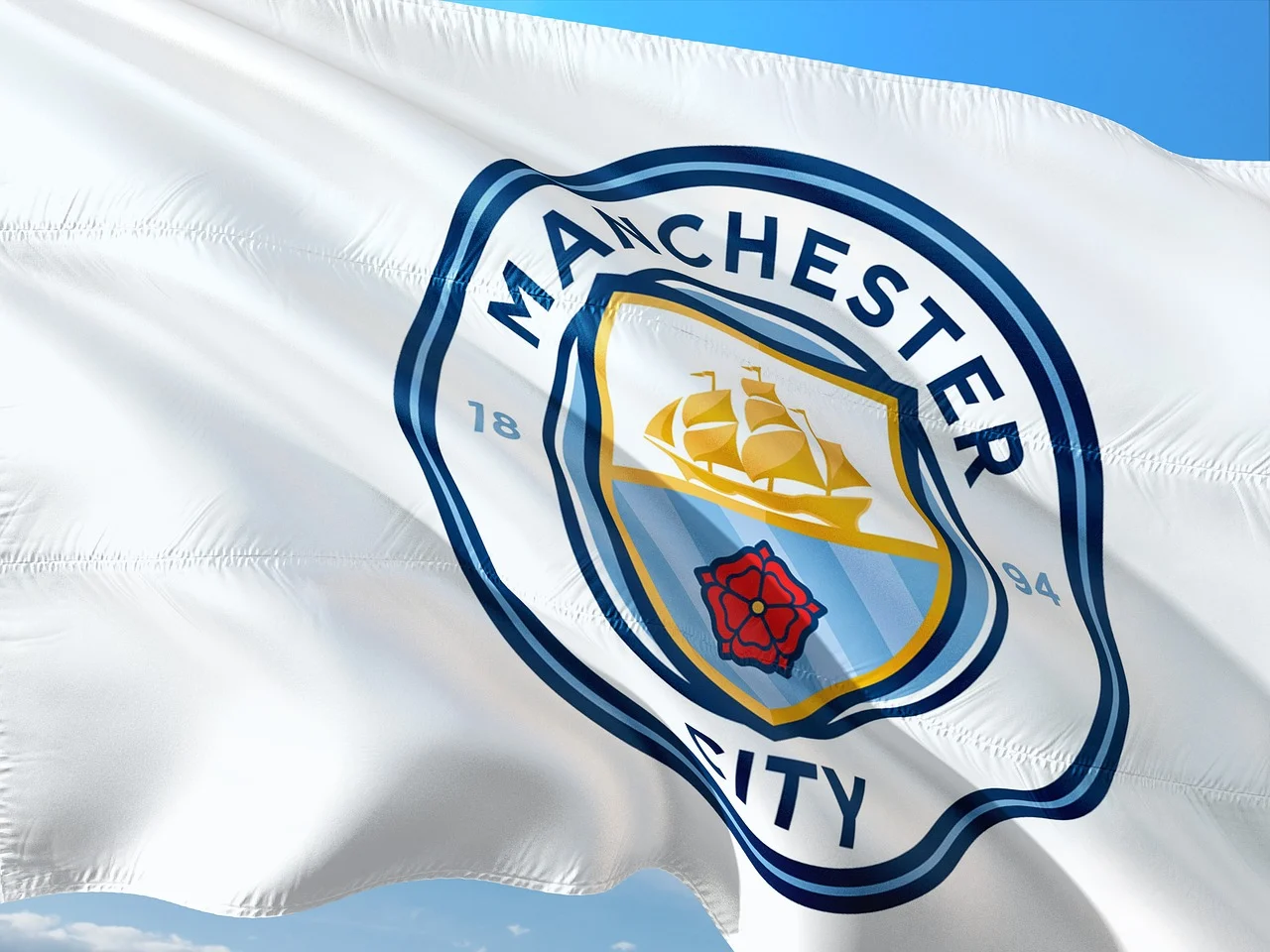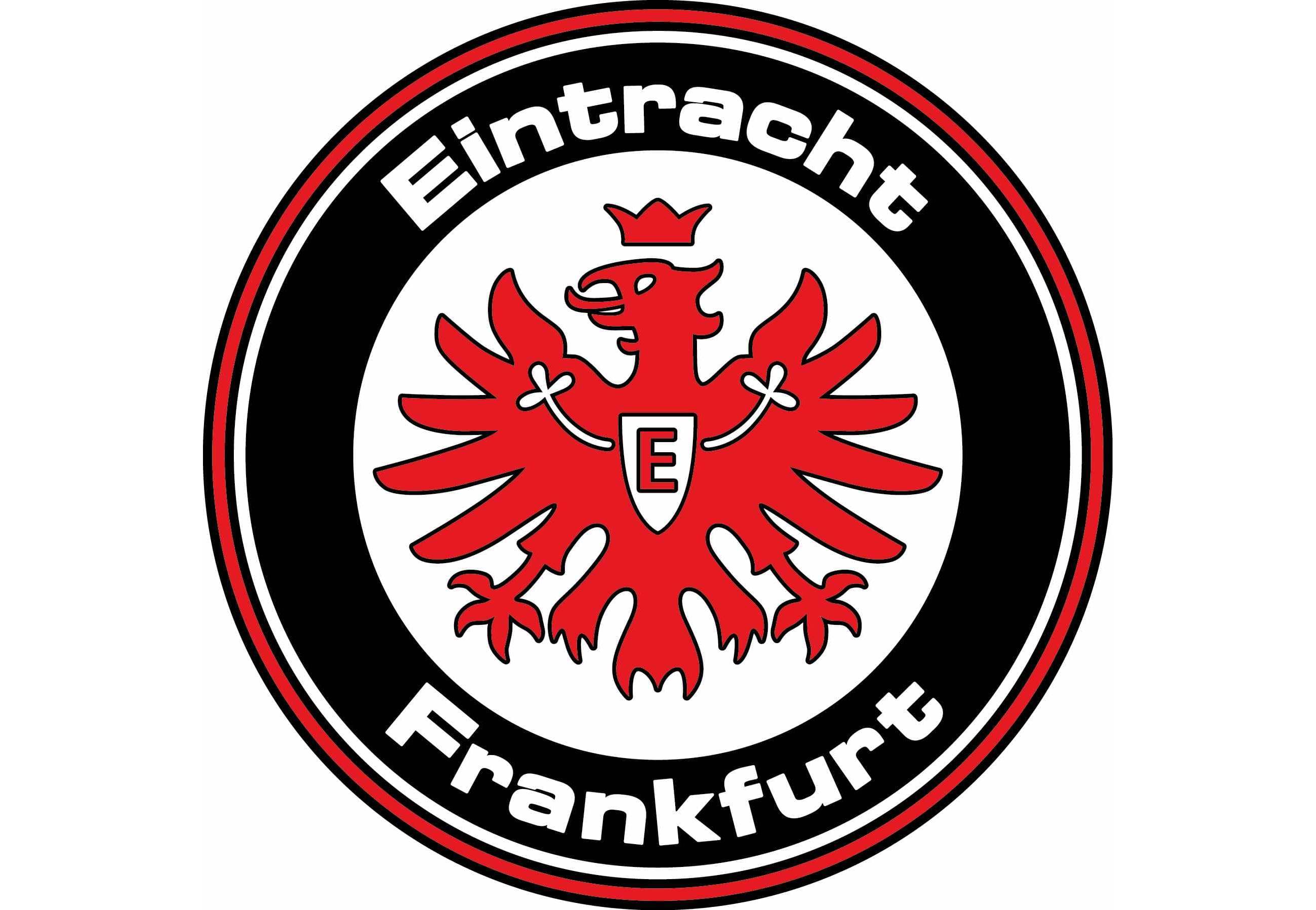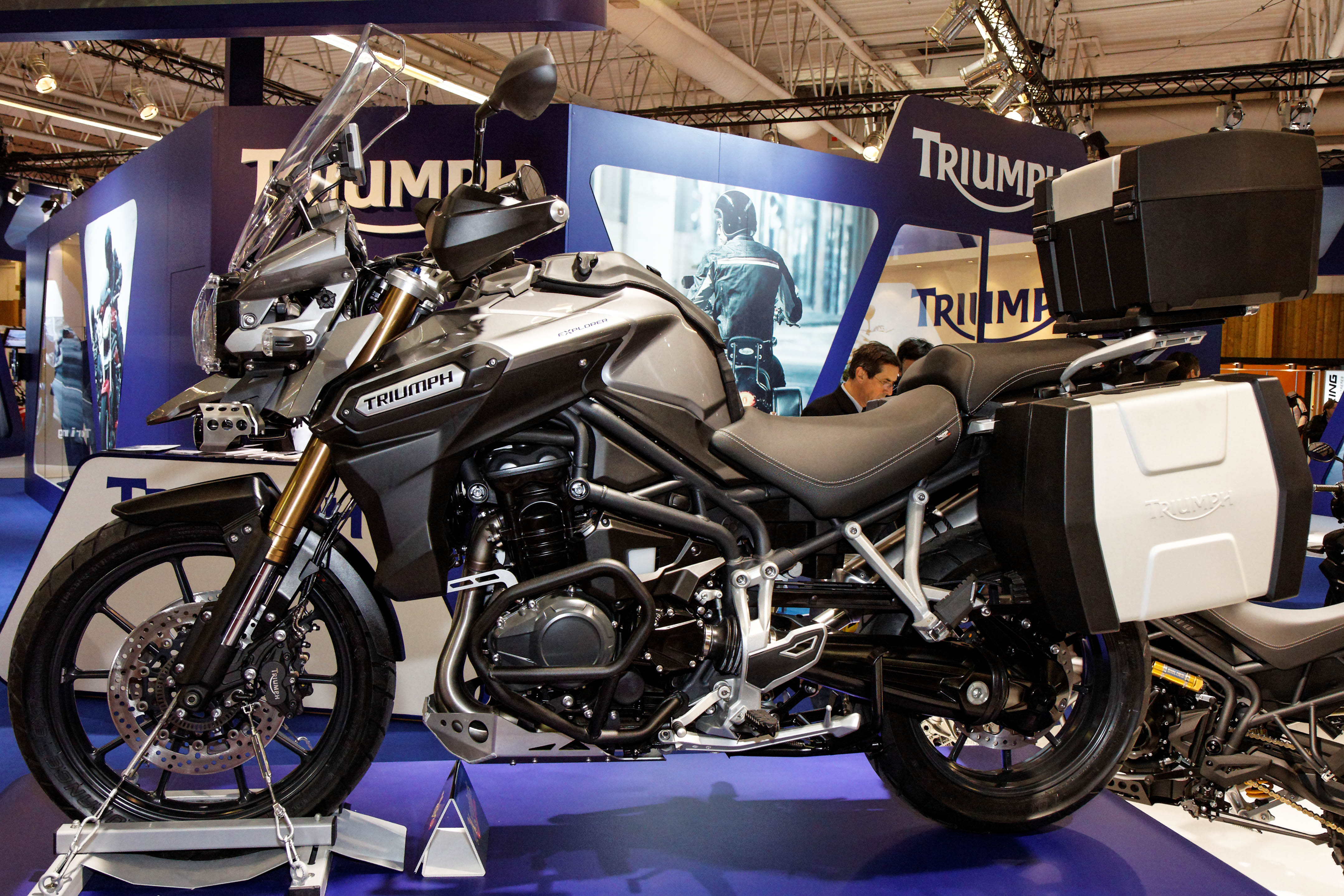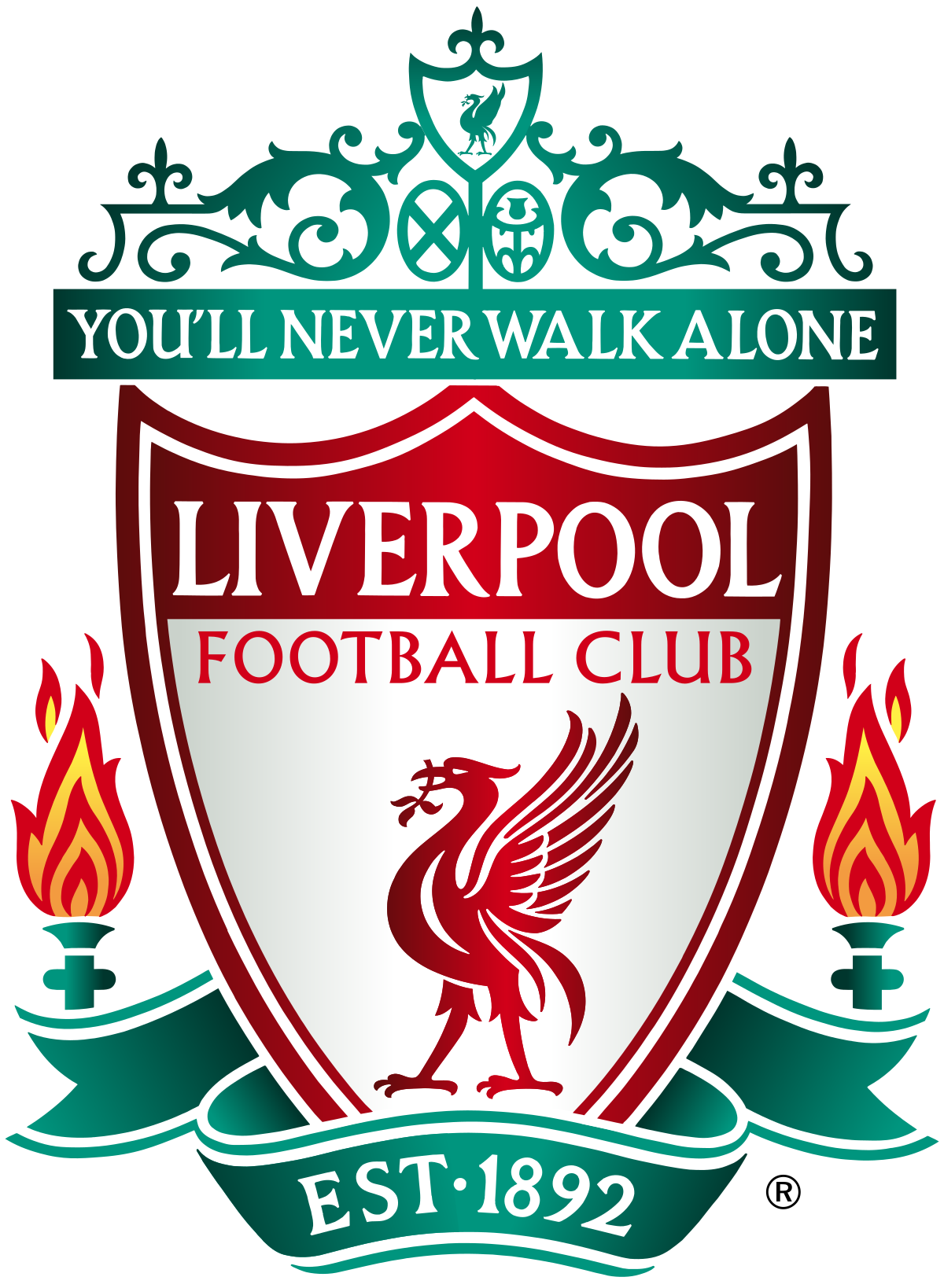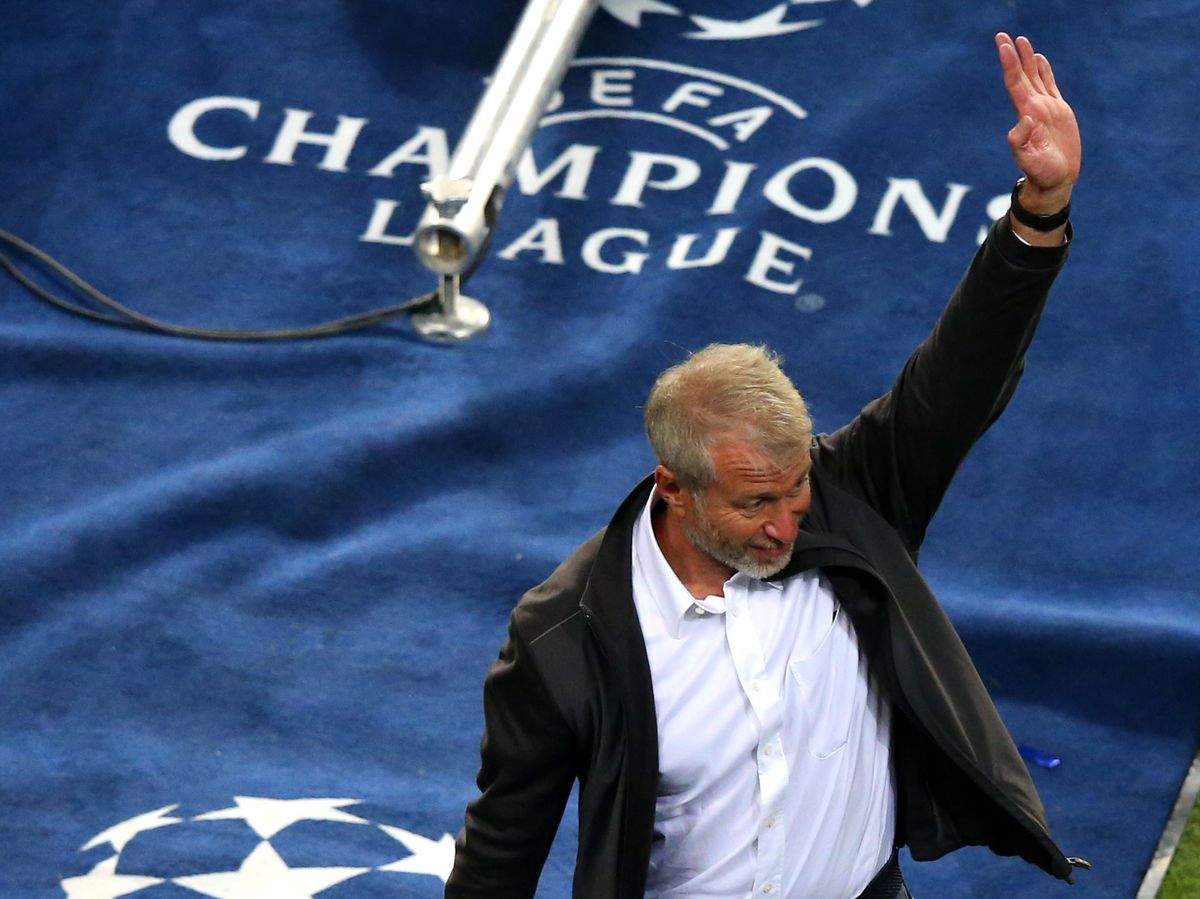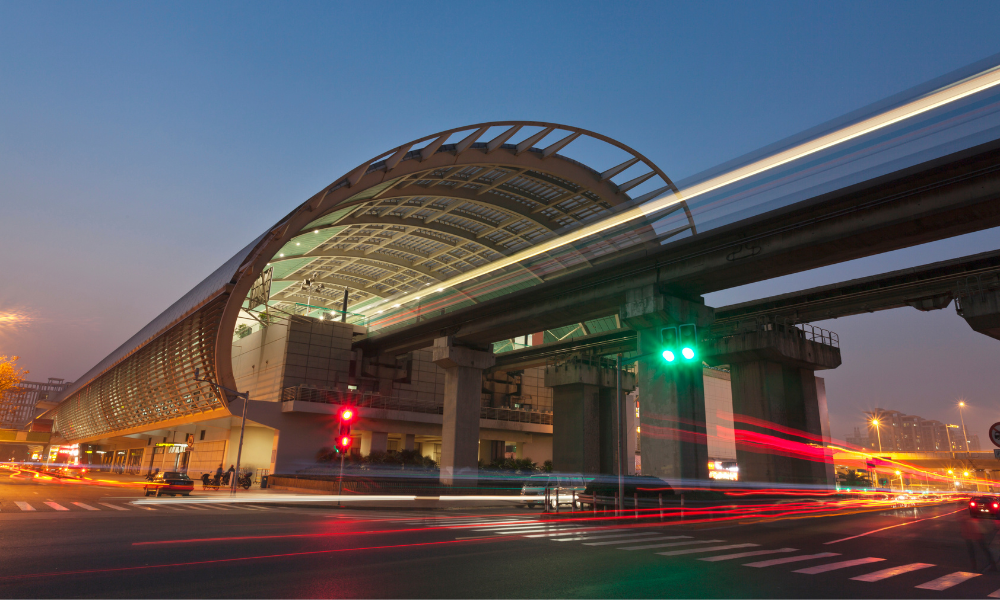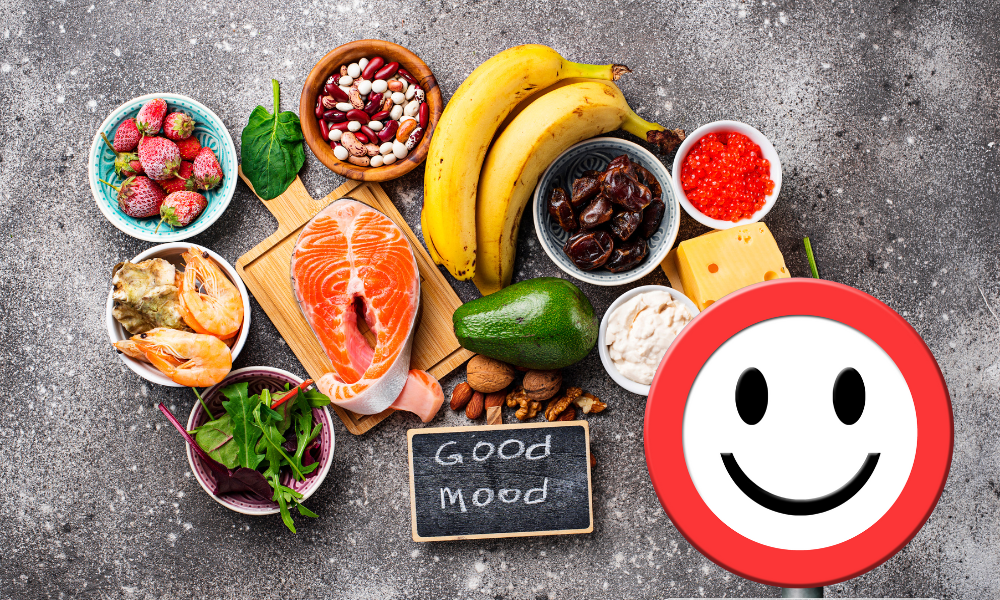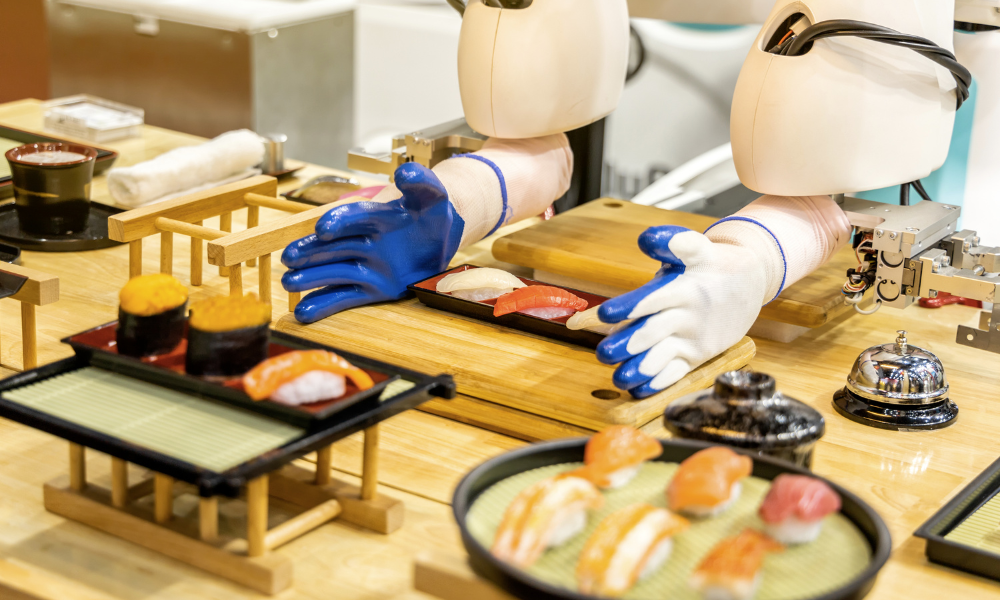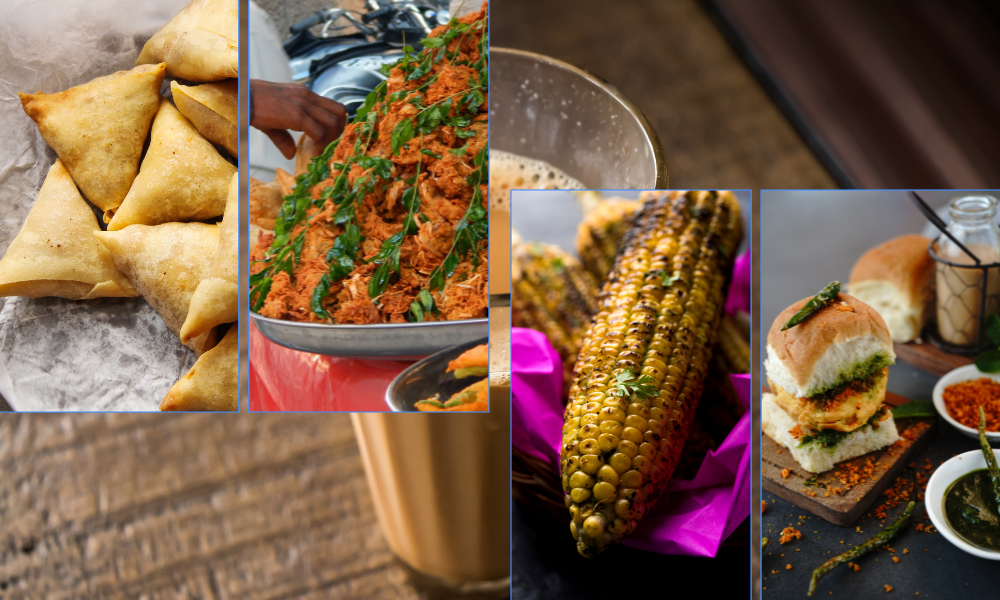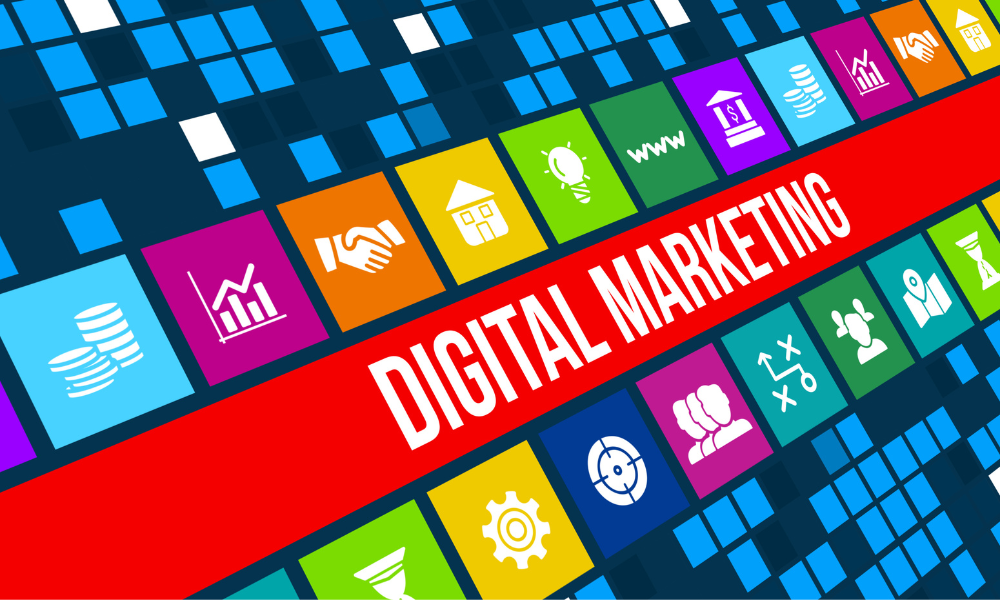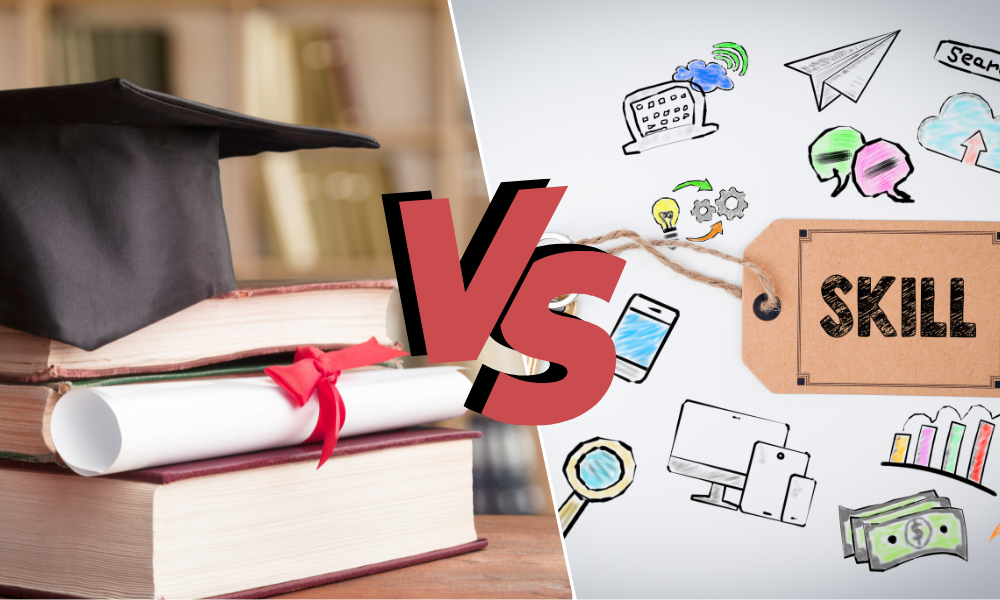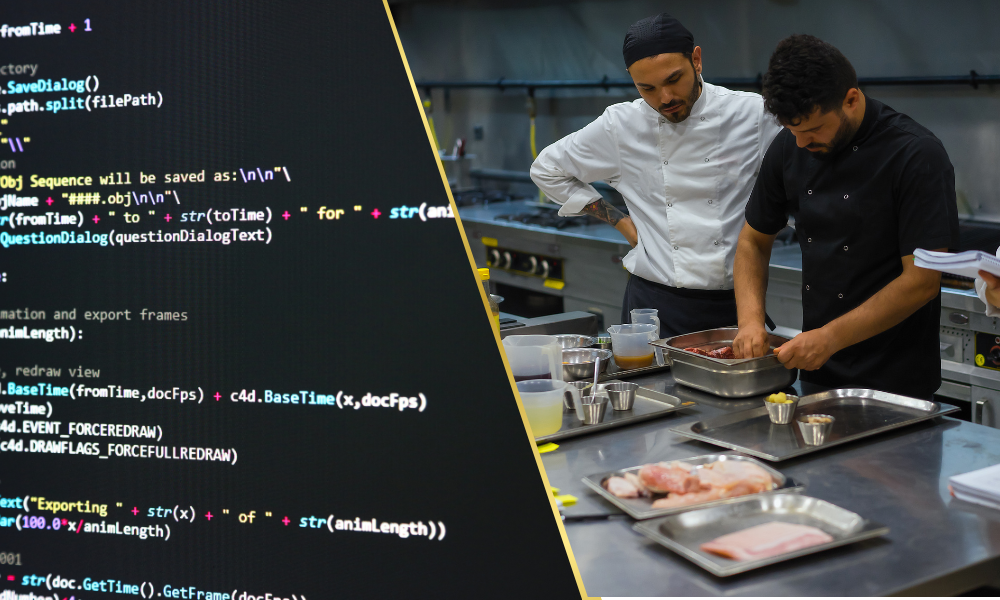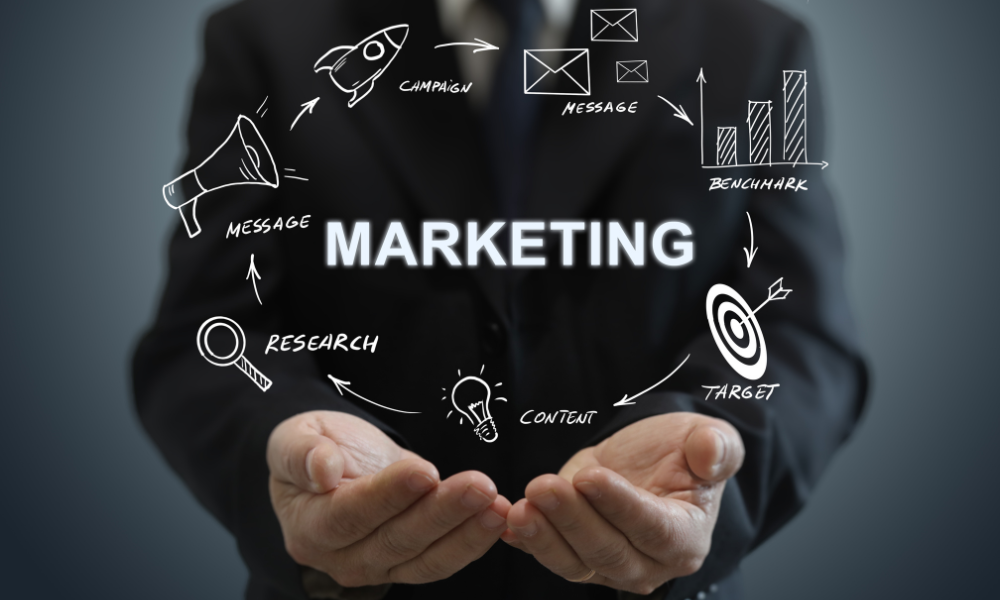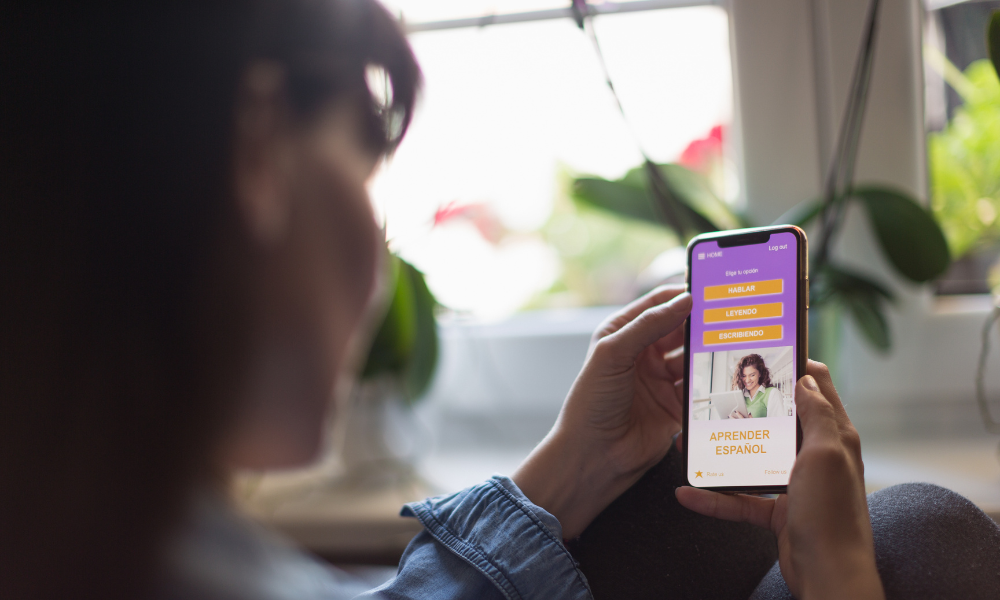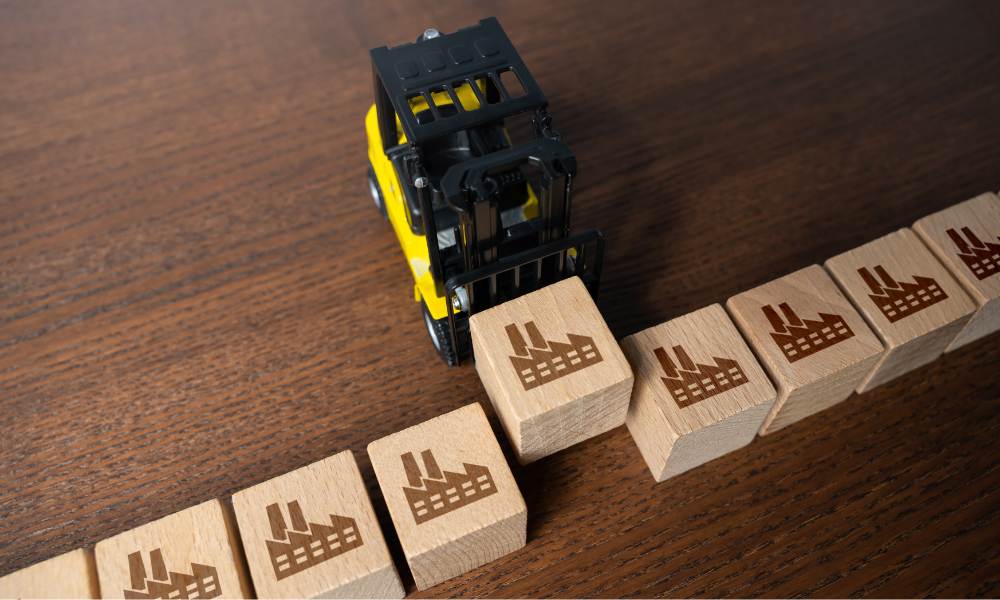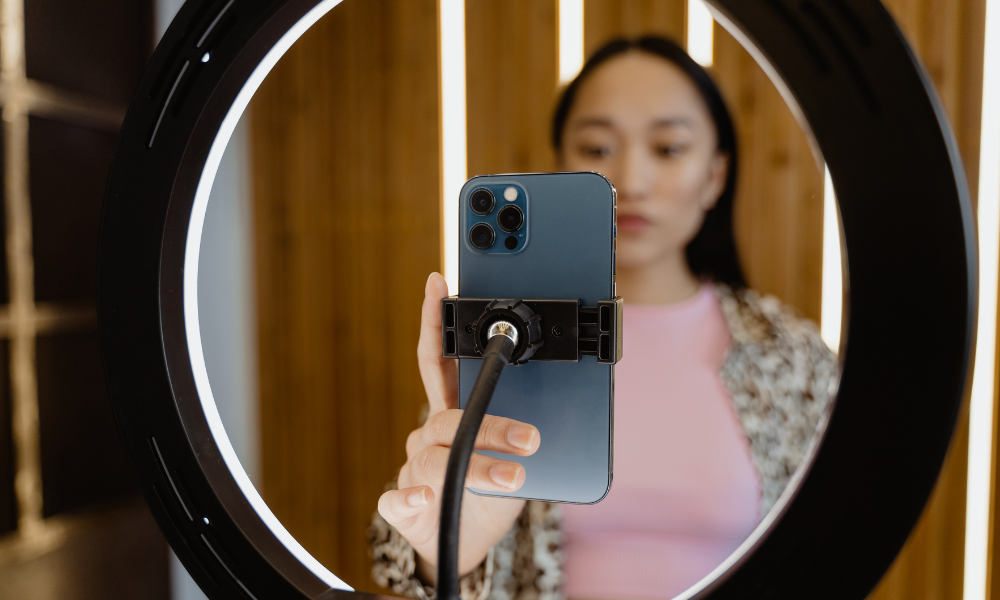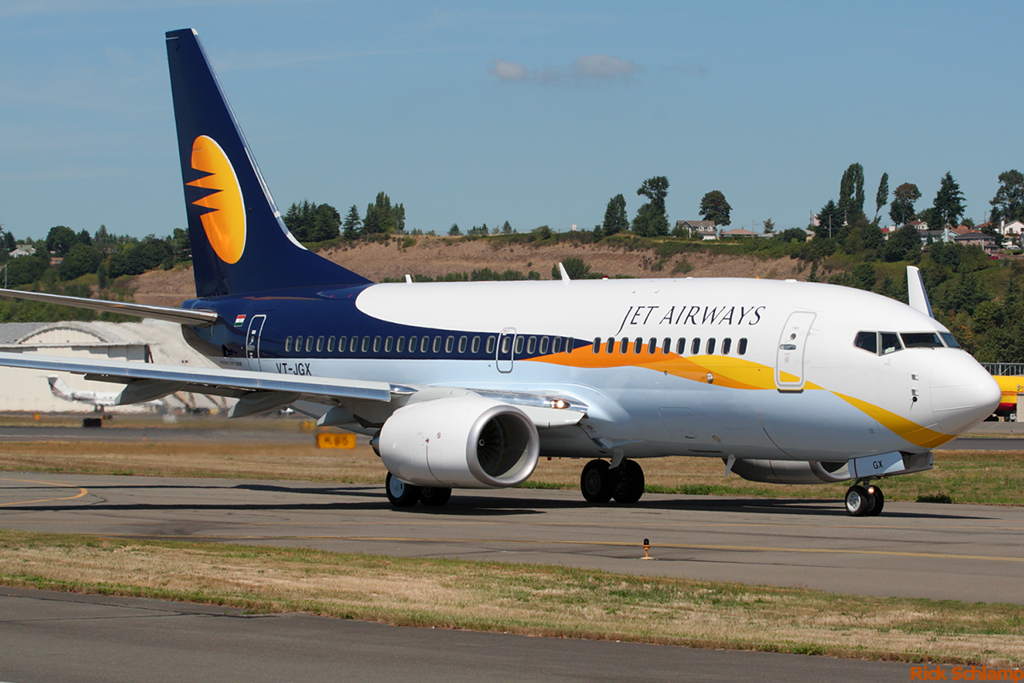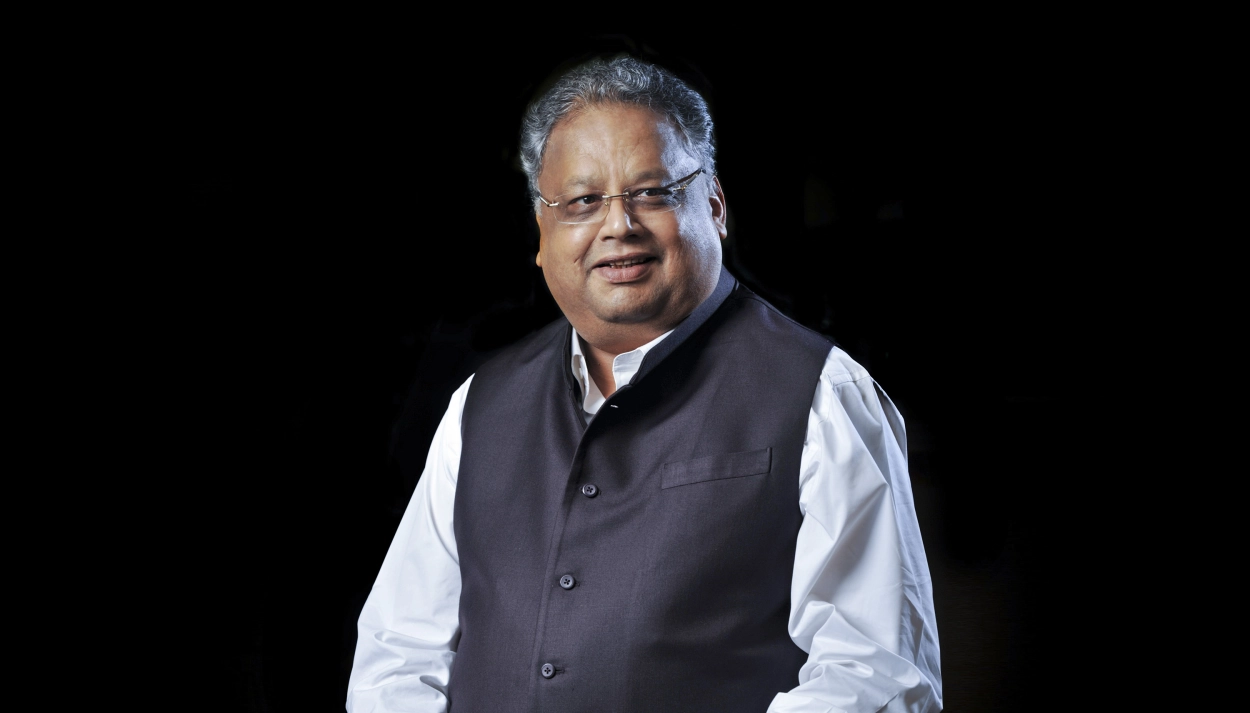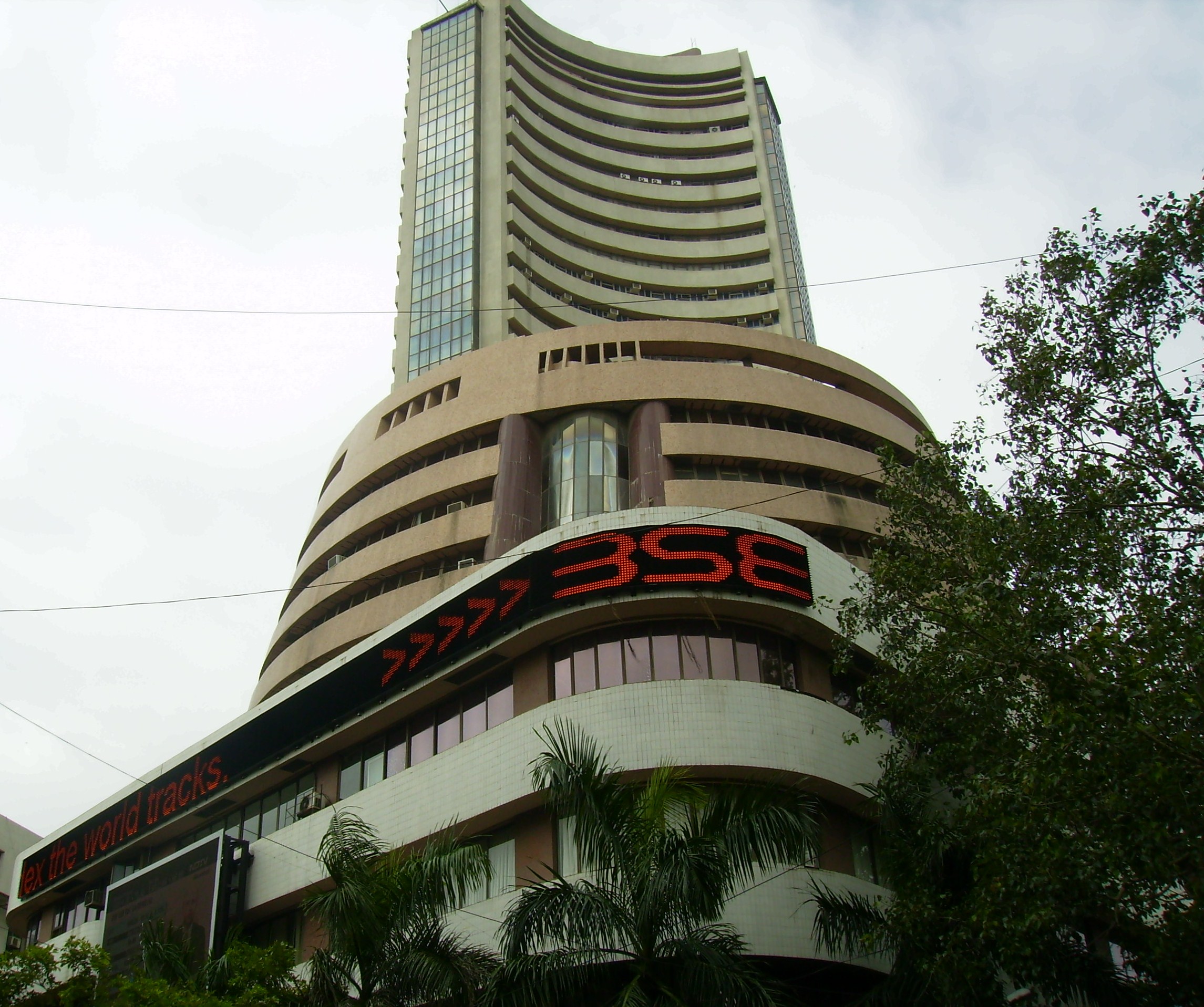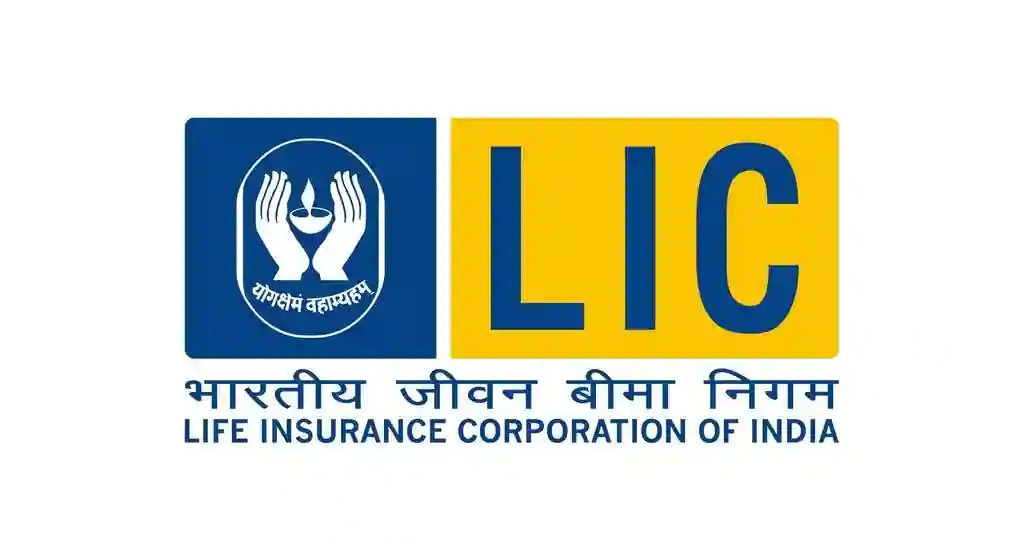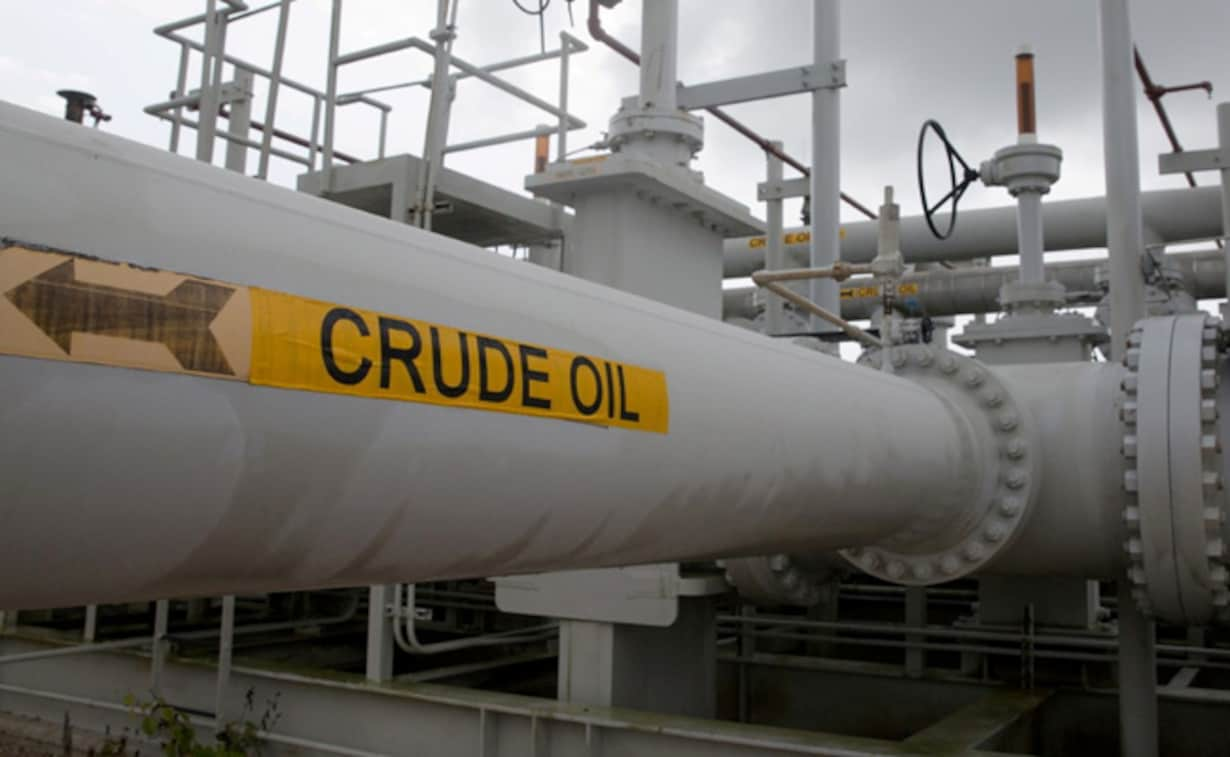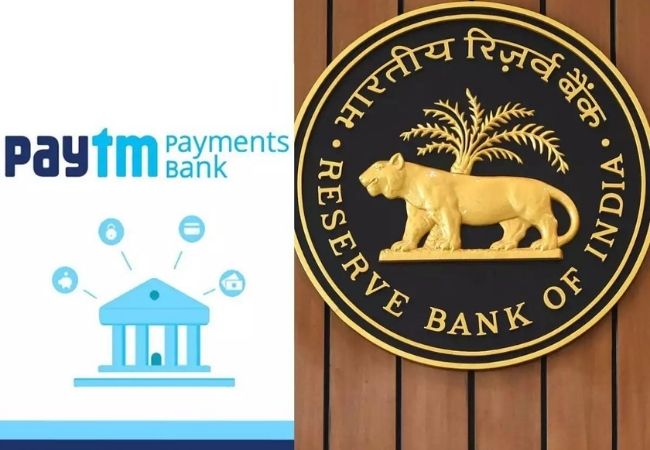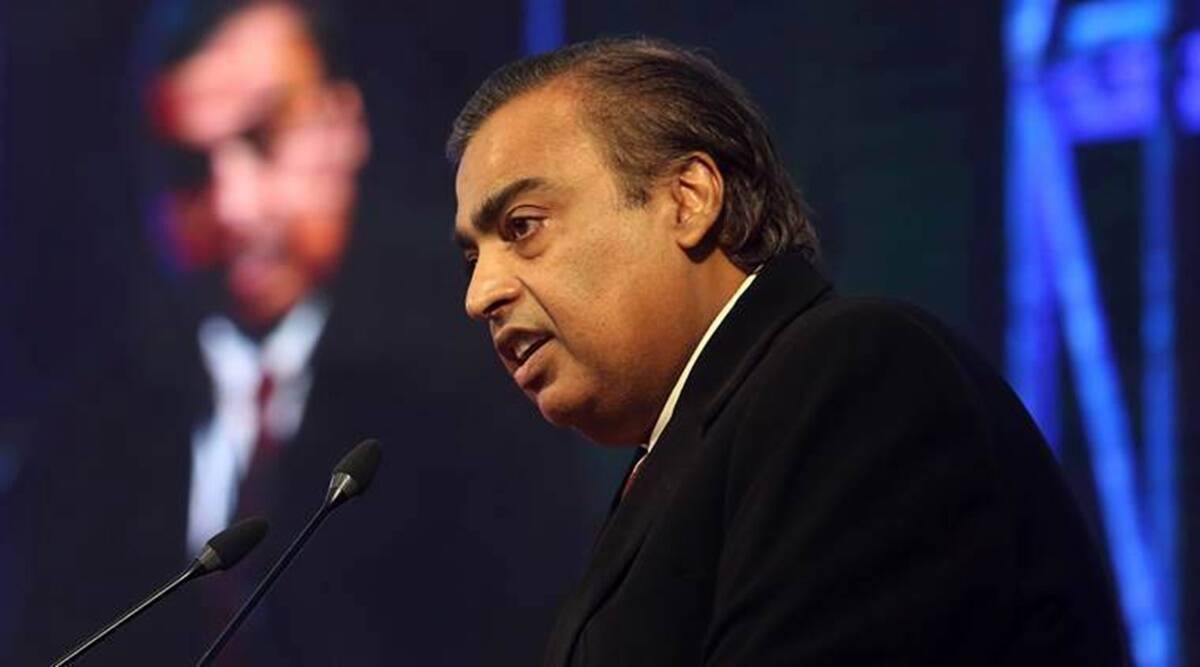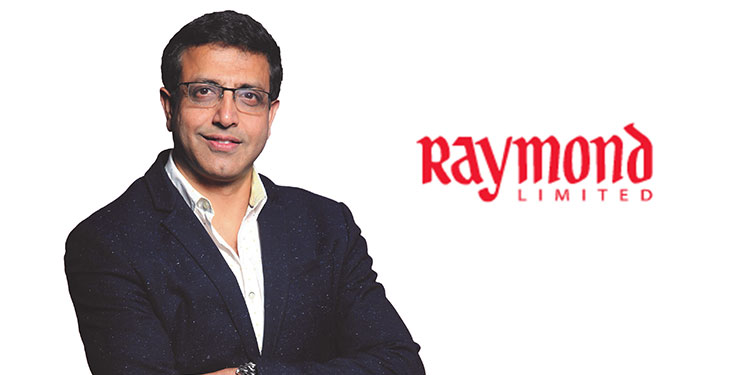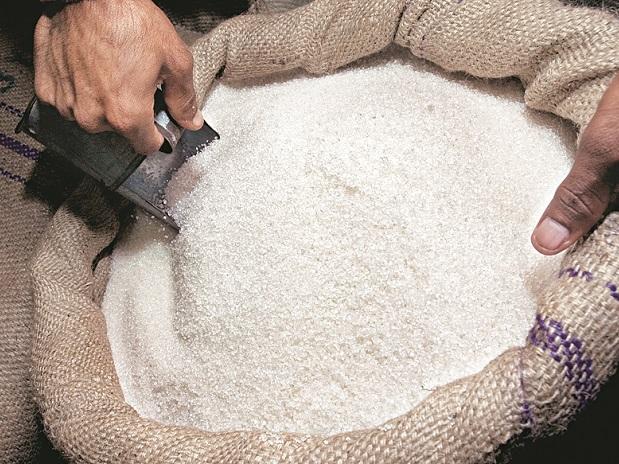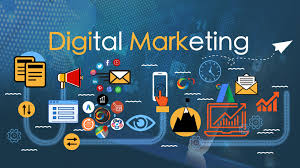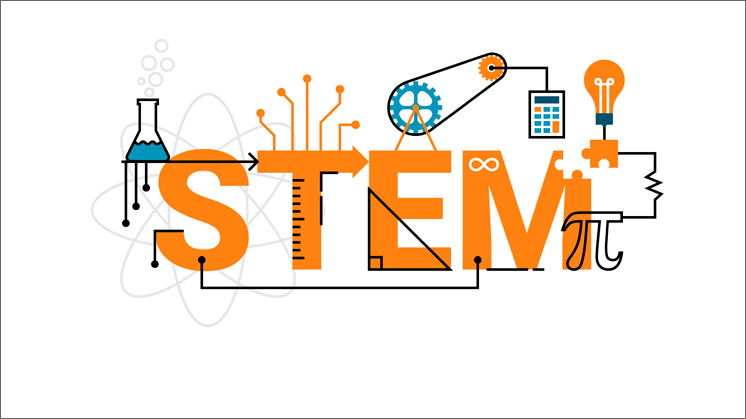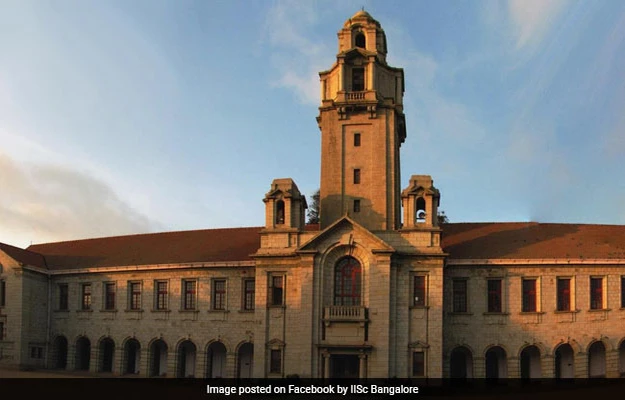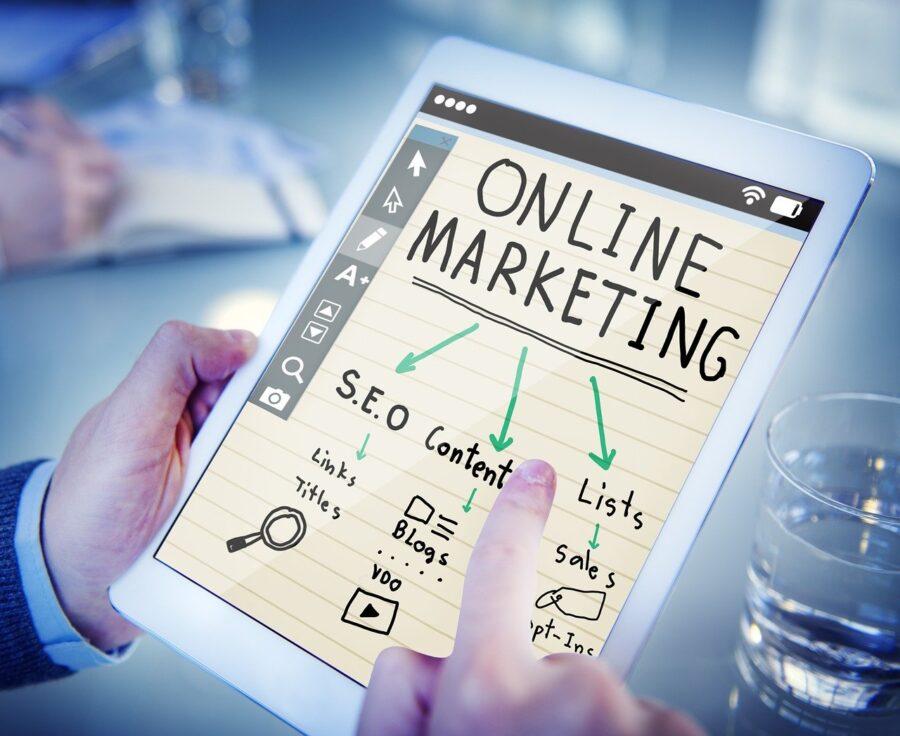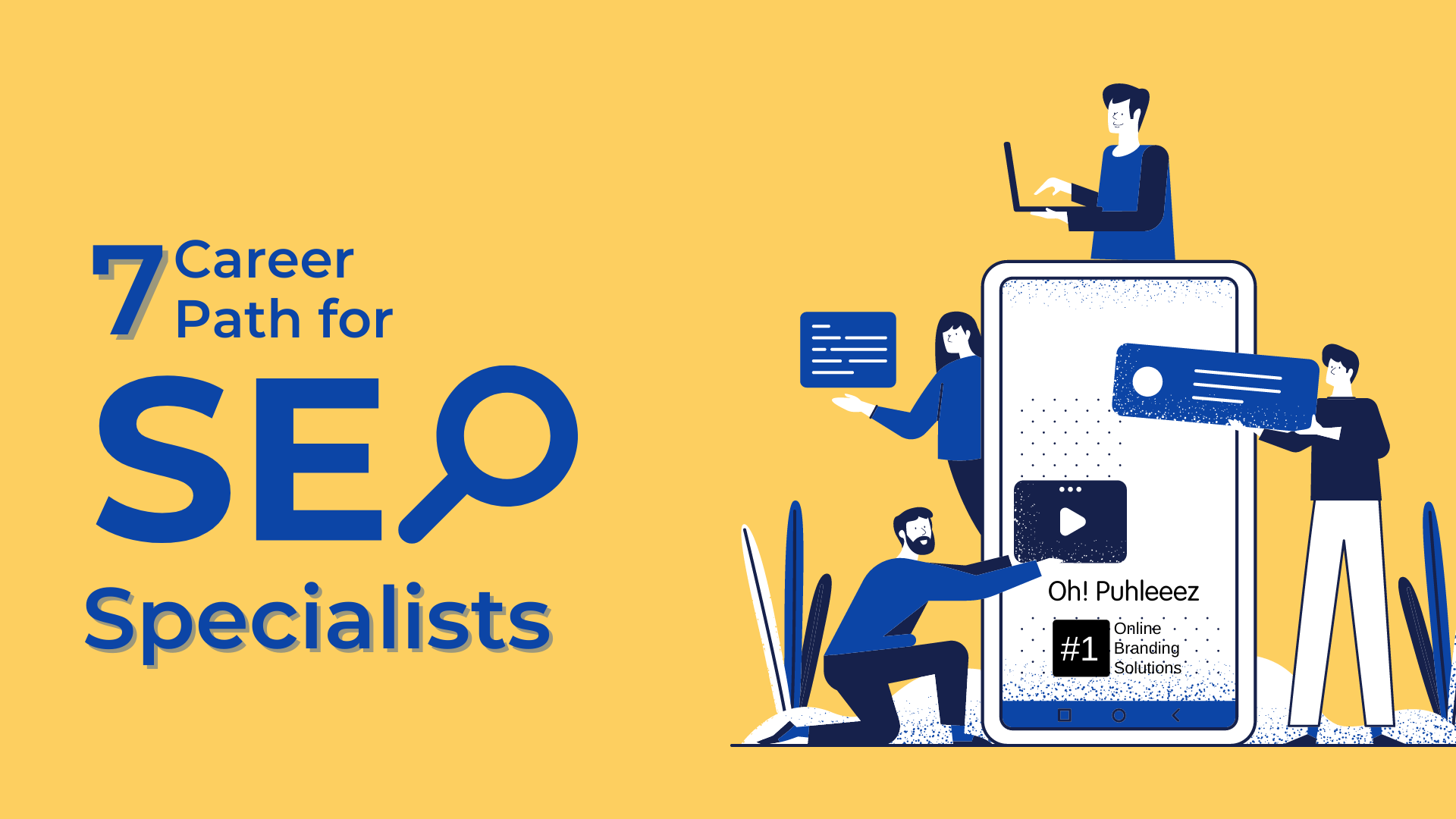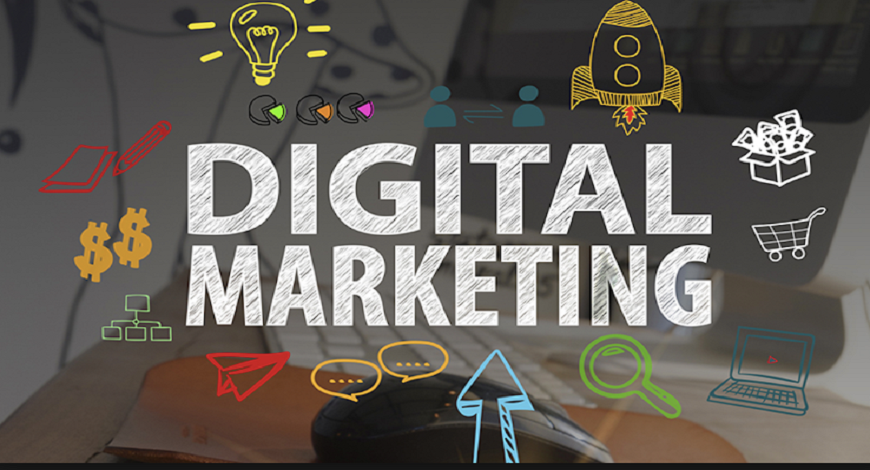education
Any new or existing brand that wishes to have influence and staying power in today’s marketplace must consider running brand advocacy campaigns.
These campaigns can be simple or elaborate, but whatever the case, in the end, they must get people talking positively about the brand.
To generate further growth customers must be willing to share their positive experiences with the brand.
The more a company’s products, services, ideas are shared across social media, the greater the chance it has to become not only a popular entity but one that is respected and looked up to in the marketplace.
The virtual world has changed the traditional word-of-mouth approach to advertising, and nowadays social media is the stomping ground where brands fight for territory, loyal customers, and their place on the social media front.
Competition is fierce, and every brand wants to be at the forefront, which means that creativity and stepping outside the box when creating brand advocacy campaigns is a necessity.
Why Care About Brand Advocacy Campaigns?
In the US alone, 72% of all online US adults visit Facebook at least once a month.
Due to the rapidly-changing nature of the internet, one can’t ever be sure which social media campaign will be a hit or miss. That’s one of the reasons it’s so important that brands understand their target market and also the nature of the social media beast.
Each social media platform—Facebook, Instagram or Twitter — are different and by extension, varied approaches must be used when creating brand advocacy campaigns.
By employing tried and true marketing techniques combined with resources that are up-to-date and relevant, companies can stay on top of the changing trends, and make a mark with their brand in the new era of word-of-mouth distribution. In summary, this is successful brand advocacy.
While there are many examples of effective brand advocacy campaigns, from the Move to the Beat Campaign for the 2012 Olympics, or DreamWorks’ Mega Month to promote their animated film MegaMind, brands are discovering just how important getting behind the current trend of gaining brand advocacy through social media outlets is.
Below are brilliant examples of seven brands that utilized key components that make up the brands’ social media presence, while showcasing that they were all in-tune with both existing and potential customer needs and wanted.
1) Coca-Cola’s Happiness Machine
In 2010 an unsuspecting college campus was about to get euphoric, courtesy of Coca Cola’s Happiness Machine. Over 15 million people saw this brand advocacy campaign within the first week of its release, no doubt a happy day for the company’s marketing department.
The Happiness Machine was a vending machine that dispensed what seemed like an unlimited supply of the popular beverage, and as customers realized what was happening, hidden cameras captured their excitement, and in many cases pure joy.
The ad itself was only $60, 000, though the positive results mirror those of others that cost far more. This alone showed that a campaign doesn’t need to go overboard, to garner incredible results.
By merging human interaction, a popular product, and the reactions as customers shared their delight and bounty with each other, Coca-Cola was able to create brand advocacy that could not be bought.
Around the world, people smiled and laughed along with those onscreen, the joyous feeling their moments brought infectiously.
For the company which is no stranger to social media prowess—they have over 3.2 million followers on Twitter, and over 98 million on Facebook alone—this was a basic idea that led to phenomenal results, as even now customers still talk about it.
Now that’s awesome campaigning!
2) Red Bull Gets Facebook
At the beginning of 2010, Red Bull had 8 million fans and by the end of that year, the number had jumped to 14 million!
By understanding its brand and what it means to their target audience, the company has been able to create brand advocacy that has shown no signs of slowing down.
Now with over 46 million likes on Facebook in 2016, Red Bull has proven that its simple yet effective technique of developing content that relates to its message is perfect for its brand.
Red Bull content includes fantastic company projects, asking users questions geared at energy drinkers and posts showcasing extreme sports’ photos and videos.
Some of the posts are sponsored by or have athletes who are sponsored by Red Bull.
The company also created a path into the online entertainment sector with the Red Bull soapbox race, interactive media, and their Procrastination Station—the social games tab.
Having various options for visitors to enjoy, including those that link back to the company’s website, have created a Facebook community of loyal fans and customers who leave thousands of likes and hundreds of comments on individual posts daily.
Users can follow the sports and games they love while enjoying the energy drink that many swears by to keep them going throughout the day.
Red Bull has made its mark in its industry, and the company continues to find new ways to expand its brand advocacy yearly.
3) Make-A-Wish Goes Batty
Just when you think Batman can’t influence the world outside of Gotham, his counterpart Batkid does.
When Miles Scott’s Make-A-Wish request was highlighted by the foundation in 2013, they did it in a way that everyone was talking about.
After over half a million #batkid hashtags, 1.89 million social impressions, a site crash as the Make-A-Wish Foundation donation numbers soared.
It remains one of the hugest brand advocacy successes in recent years.
Miles, a five-year-old leukemia patient at the time, saw his wish granted on a grand scale. The city of San Francisco and the foundation came together to create an elaborate setup that sent him on a one day adventure throughout the city.
He helped others, fought crime, and emulated his hero for a day, an experience that brought joy not only to him but those that watched the viral video around the world.
With 12,000 volunteers making sure Miles’every desire was met, and that Batkid got the authentic feel of being a superhero, brand advocacy shot through the roof as social media came alive with the story that no one could get enough of.
It didn’t end there either—Batkid Begins: The Wish Heard Around the World, is a biography movie that followed the incredible results and was released in mid-2015.
So think about it, all this started with a simple viral campaign that spun into something that will last forever.
The name Batkid is now synonymous with brand advocacy that truly hit its mark, as popularity for the Make-A-Wish Foundation also soared following its Miles’ big day.
4) Starbucks & @tweetacoffee
Starbucks is one of the juggernauts when it comes to brand advocacy campaigns. All over the world, the name is synonymous with getting the day started and keeping you going throughout, especially on those long work and school days.
Whether consumers complain about prices or not, Starbucks continues to be a leader when it comes to one-stop-shops for all your coffee needs.
It’s no surprise then that this is mainly because of successful social media campaigns.
One of their consumer favorites was the @tweetacoffee campaign in 2013.
Users just needed to tweet to the handle provided, add the Twitter handle of the individual they wanted to “Tweet-A-Coffee” to and just like that, customers were able to order free Cups a Joe for someone else.
Even cooler was that this entire process could also be done on smartphones, which made it pretty easy for those on-the-go that still wanted to take advantage of the great offer.
When lucky recipients were gifted coffee, all that was necessary was a couple of clicks to add the gift to their Starbucks’ account and voila, steamy mugs of delicious coffee were there just waiting to be slurped down.
Other brand advocacy campaigns from Starbucks that were quite successful were hashtag #TreatReceipt, where discounts were given on coffees bought in the afternoon if a customer had already purchased that morning.
The Blonde Roast campaign when the company launched this coffee flavor back in 2011—they also used Facebook and Twitter ads to target certain cities for more personalized promotion.
The return of their Pumpkin Spice Latte flavor, which gave customers the chance to have the returning flavor in their town a week before everyone else did.
All these brand advocacy campaigns sent customers crazy on social media, as they tried to rack up points, retweet, or whatever else was required to take part and get their yummy coffees while they were at it.
To date, Starbucks has nearly 12 million followers on Twitter, and over 36 million on Facebook, making it more popular on these social media sites than many celebs!
5) Inception in the Real World
In 2010, there was a film that movie-goers couldn’t wait to see, and many were puzzled, enlightened, or plain freaked out by at the end of watching it.
What there were no misconceptions about, however, is that this film had an excellent social media campaign surrounding its success.
Inception was one of director Christopher Nolan’s top movies and earned a Best Picture nomination at the Golden Globes.
The internet campaign that surrounded the movie is nothing to sneeze at, and the marketing team involved must be commended for their work.
Warner Bros. didn’t just leave it to social media to get their fans talking and involved, but the brand advocacy campaign was also linked to a comic that the company created which could be found on Yahoo.
This comic gave more insight into the characters’ lives, and consumers ate it up, loving the possibility of learning more about characters they’d enjoyed watching onscreen.
There was also a maze game that was designed with the movie in mind, that let fans jump right into the story with these characters, and determine what dream fate they could expect.
In 2016, there are over 11 million fans who still follow news about the film, take in original content related to it, and enjoy more sneak peeks into its immersive backstory.
By getting fans on board to enjoy and explore behind-the-scenes moments, production activities, the movie’s beloved and hated characters, and story overall, brand advocacy continues to be seen worldwide, as it’s still a film that many suggest as a watch to those that haven’t yet seen it.
6) Adidas and Athletes
Adidas showed the world, its loyal and potential customers, and its athletes that it wasn’t about to leave anyone behind due to a little unpopularity.
The company stepped up its brand advocacy campaign game with the Chinese Women’s Volleyball Team which they sponsor, as they sought to reclaim the team’s lost popularity.
For a team that hadn’t been very prominent since the 80s, this wouldn’t be the easiest of tasks, but Adidas’ marketing team was up for the challenge.
By utilizing one of the most popular social media campaigning methods out there today—viral videos, Adidas was able to shed light on the edgier side of the team’s game, gaining interest from old and new fans alike.
Six viral videos were created for this task, and over 5.5 million people watched them, substantially raising awareness about the volleyball team.
To date, well-edited, interesting, viral videos, are one of the easiest ways to get thousands to millions of new fans, likes, and customer interaction.
By giving customers a look at what inspires, excites, and interests them and, a look from the brand’s point-of-view, companies can tap into a new network of possibilities as it relates to potential customers.
In the case of Adidas and the Chinese Women’s Volleyball Team, this approach worked very well in making a team that had lost all hope of the limelight, relevant again.
7) Gap Groupons
Who hasn’t heard of Gap? It’s one of those brands that by now you’d think wouldn’t need to do any campaigning to be heard in the marketplace.
Whether this is the case or not, Gap continues to stay up-to-date with the latest social media trends and uses brand advocacy campaigns as well.
Promoted in 2010, Gap’s Groupon campaign was one of these and resulted in the company earning $11 million in revenues.
The promotion offered a 50 percent discount for $50 purchases, and along with all of the brand’s social media outlets pushing it, there were also emails that were sent out about the offer.
Before midday on the first day of its release, 534 Gap offers were sold per minute, making Groupon a huge success.
This was a major risk that paid off for the retail company, as it was one of the first top brands to try this kind of approach.
Gap is also a great example for those interested in trying new approaches to brand advocacy campaigns.
At times companies will need to hop further outside of the box and what is expected of them, to take a risk that could—as was the case for Gap, result in positive brand awareness.
Many early social media campaigns were built on trial and error, and as time goes on and there are more methods of determining success.
It has has been made easier to see what will work or not.
However, tested and proven techniques aren’t always the way forward for a company, and as Gap discovered, sometimes you just have to take a leap.
Final Thoughts
These seven brand advocacy campaigns rocked the world of social media. Even without the numbers, their success is obvious, as the impact they made continue to be used as references and examples of social media campaigning that worked.
With speculation about who the “New James Bond” will be, here’s one brand advocacy campaign that knocked the socks off social media.
What if James Bond was speaking to you from a Coke machine?
That’s what happened at Liverpool Street Station in London, where unsuspecting customers were just looking to buy soda, were greeted instead by a cryptic message—You have 70 seconds to get to another platform to win a prize.
It turns out lots of people got a real kick out of this Skyfall movie promotion, as the popular franchise took to the streets and social media, to promote the latest film (at the time).
As if the message wasn’t cool enough, for seventy seconds those pretending to be Bond were accompanied by the theme music that was belted out by pre-planted singers and buskers.
In its first week, the video of the “Bonds” darting through the station garnered nearly 5, 000 comments and was watched over five million times on social media!
Source: Ronsela
education









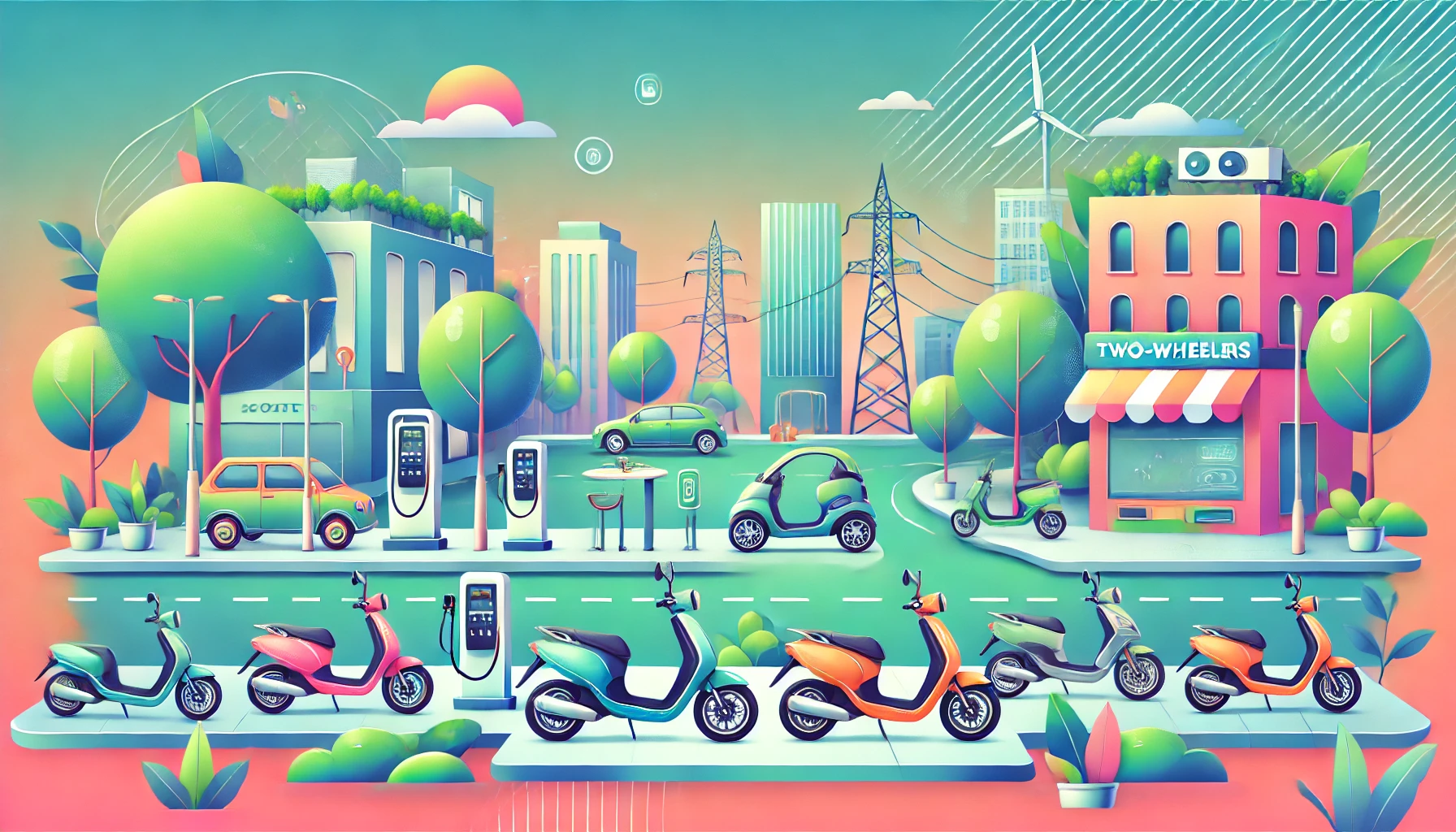
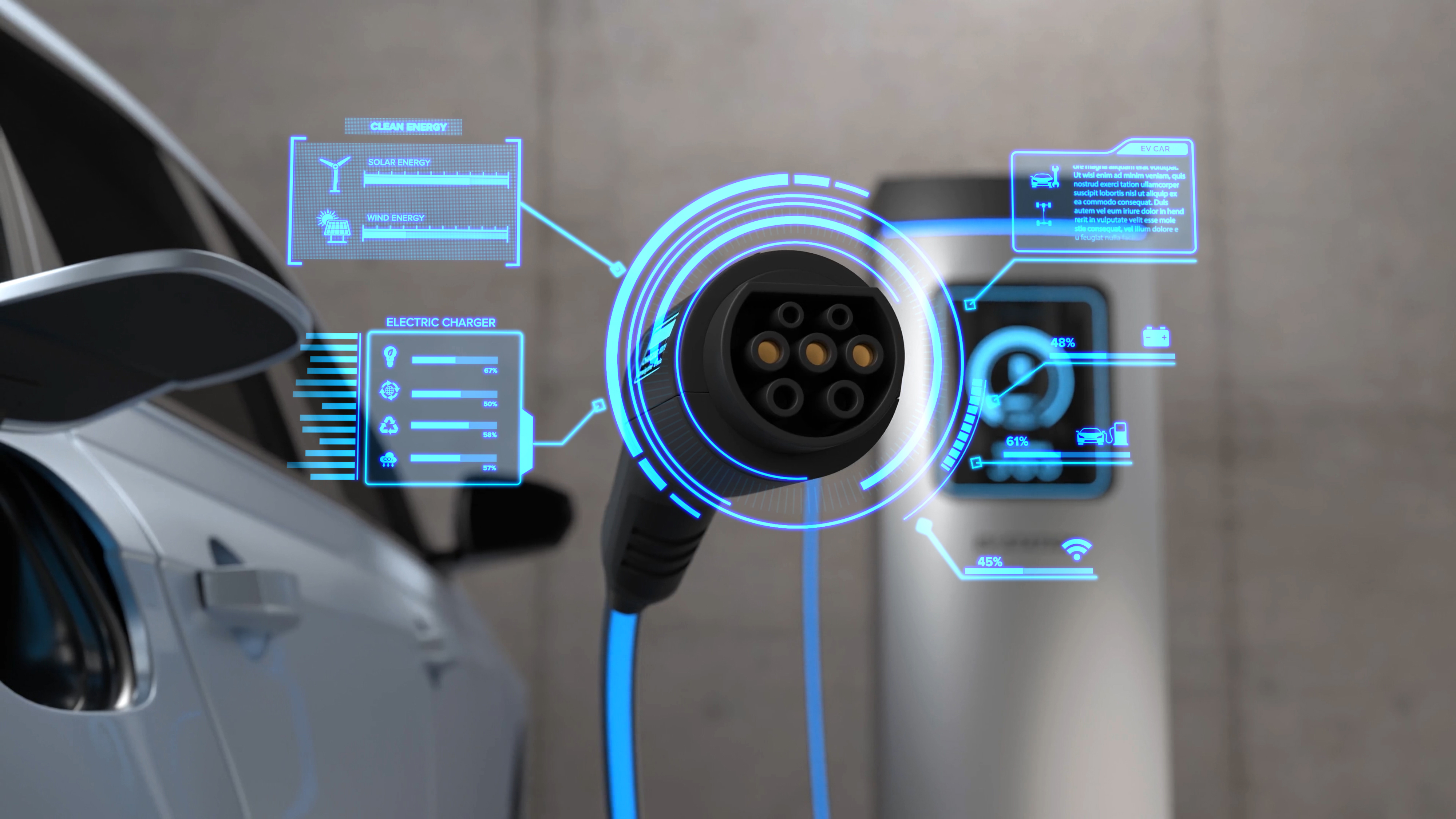
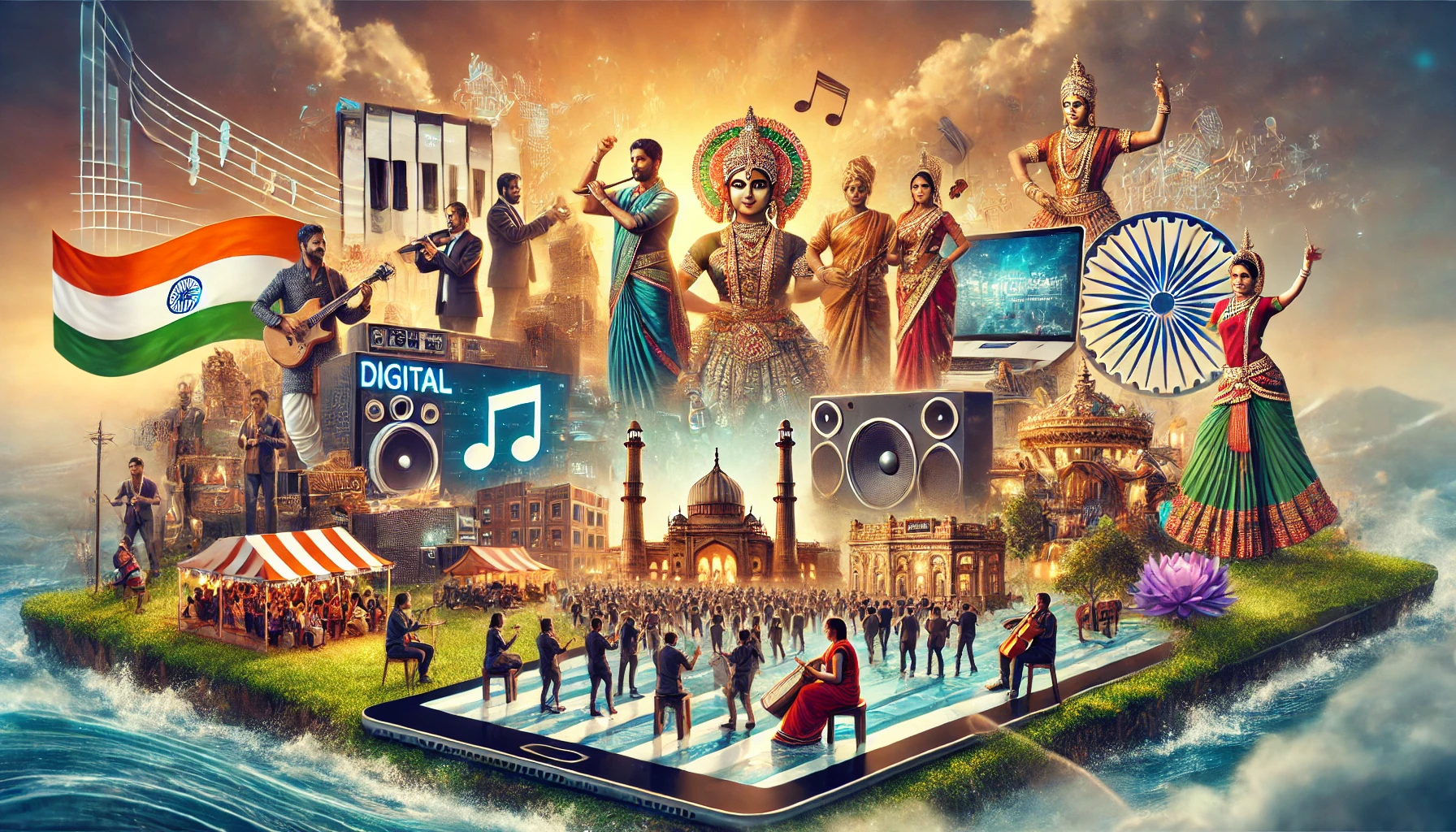

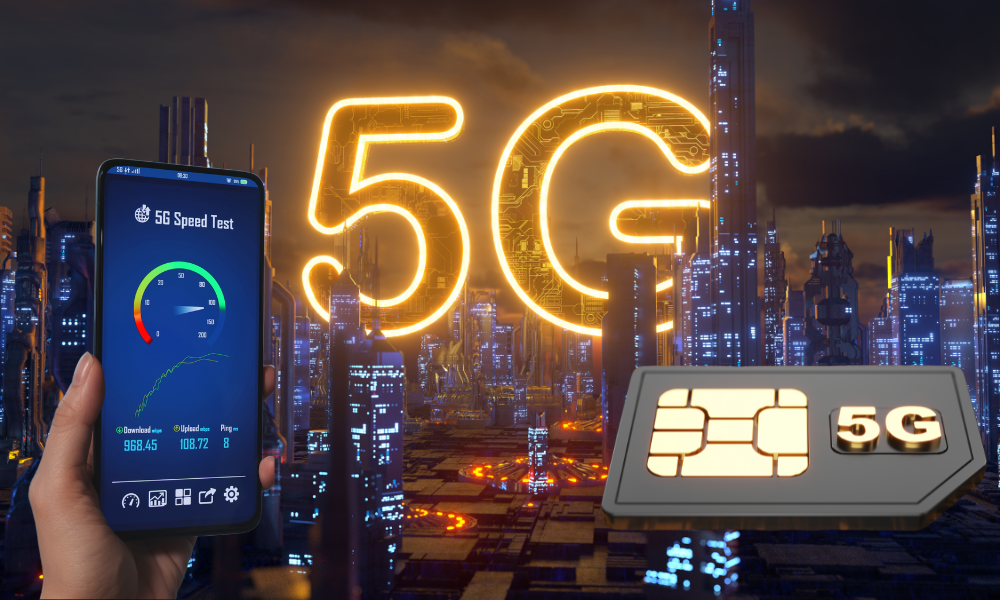

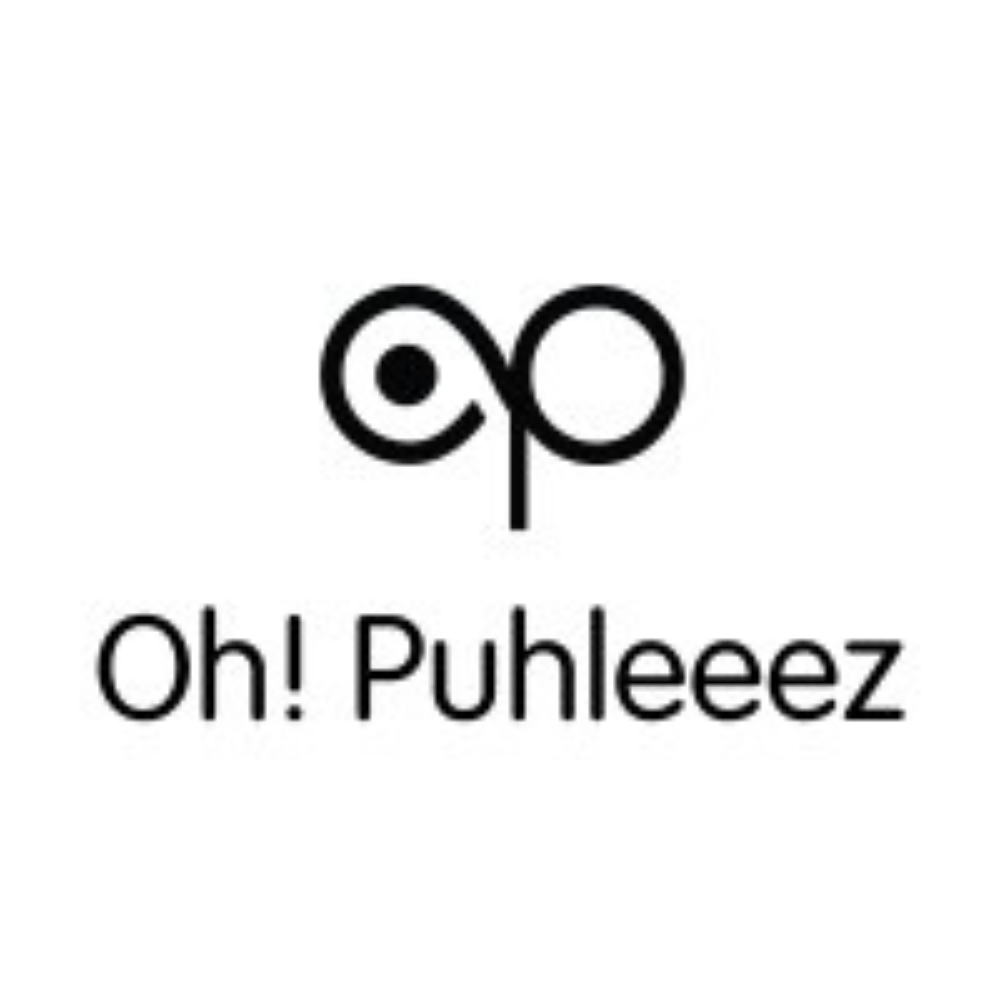
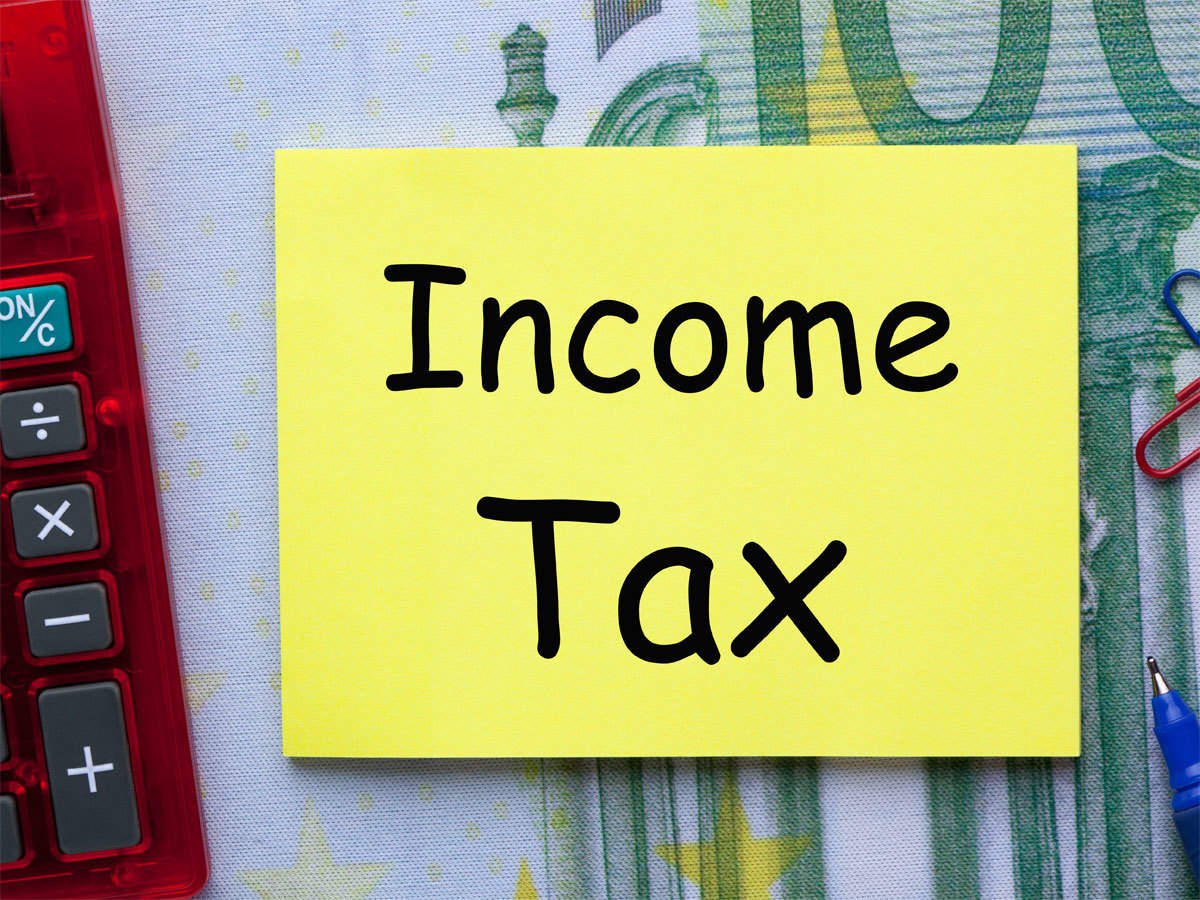


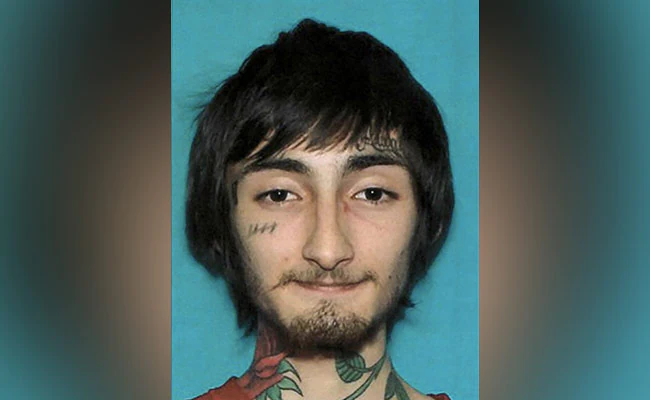
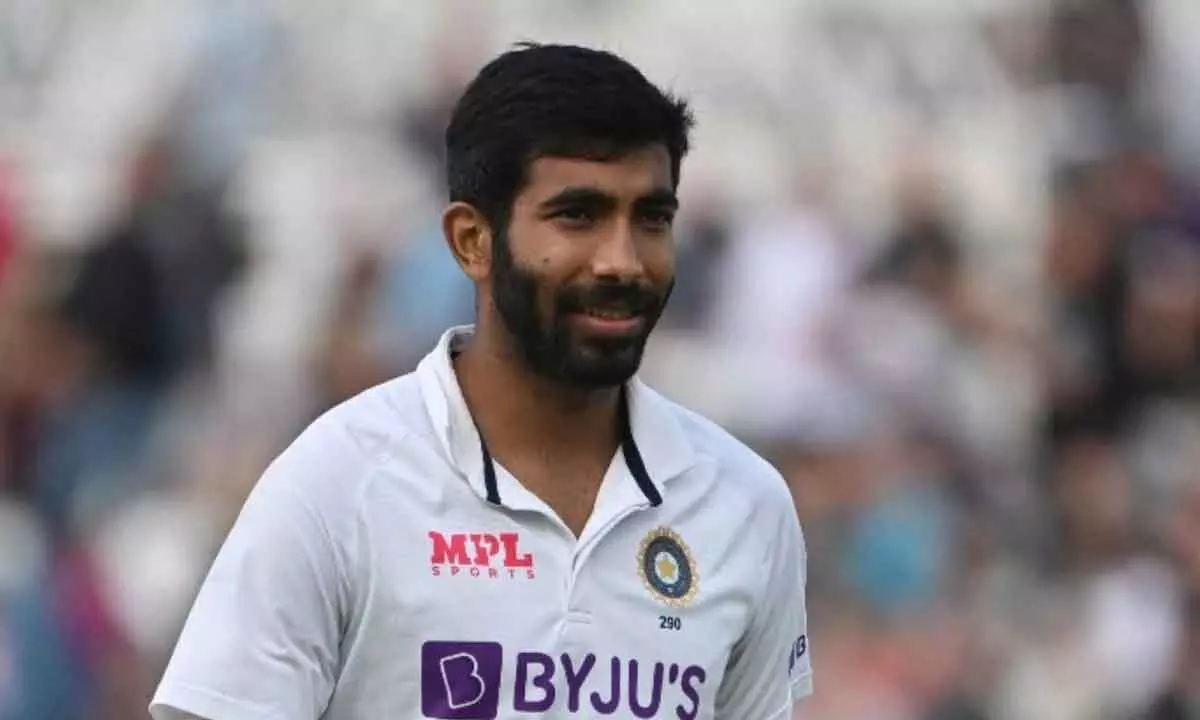

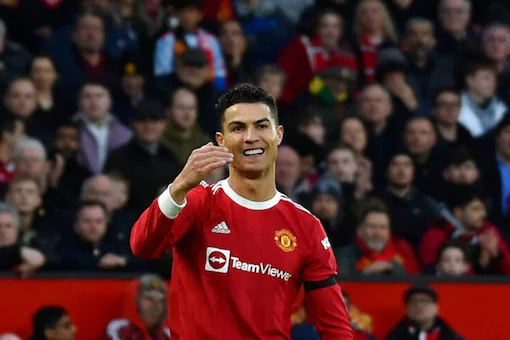




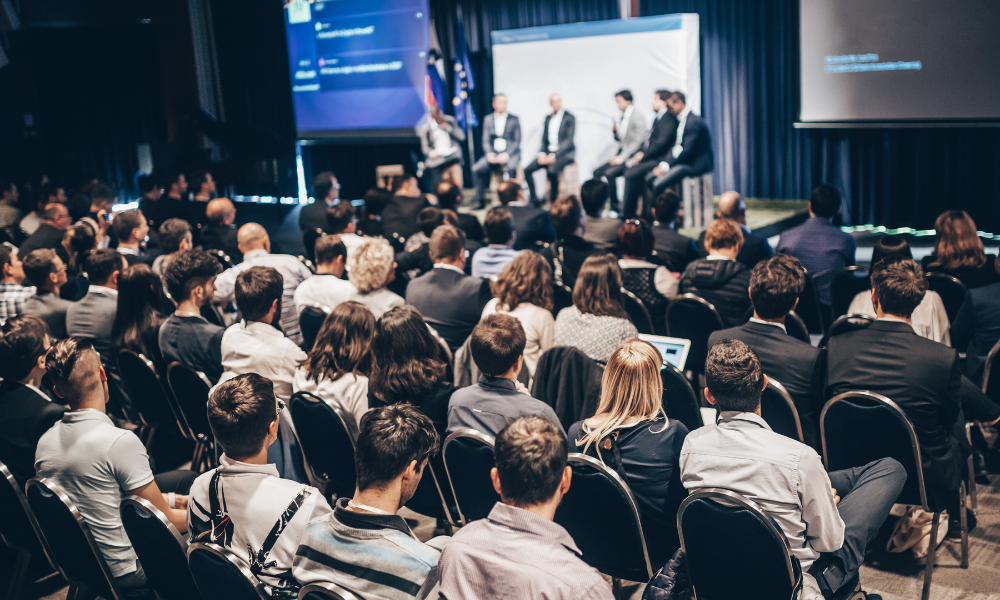

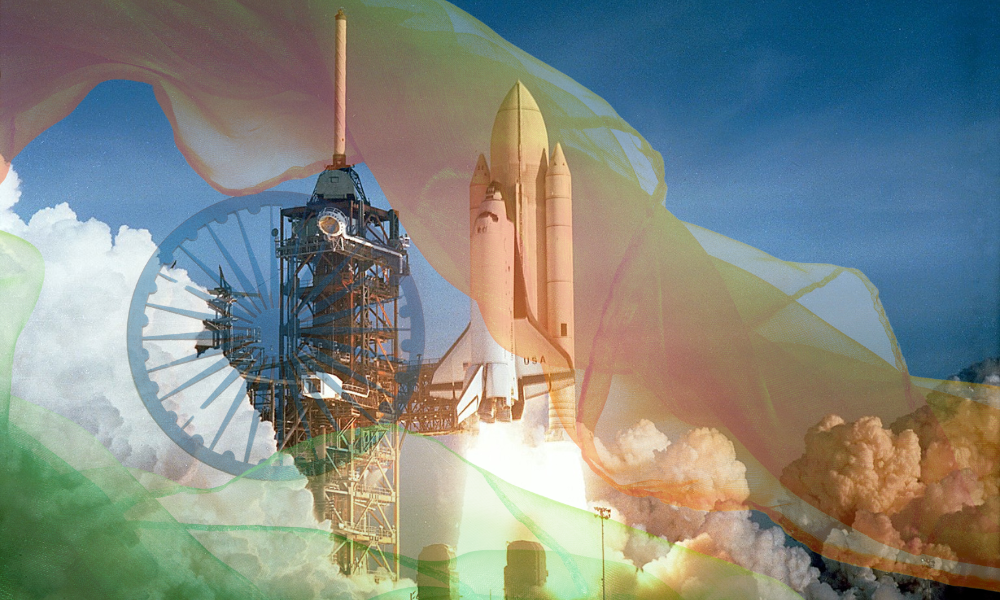

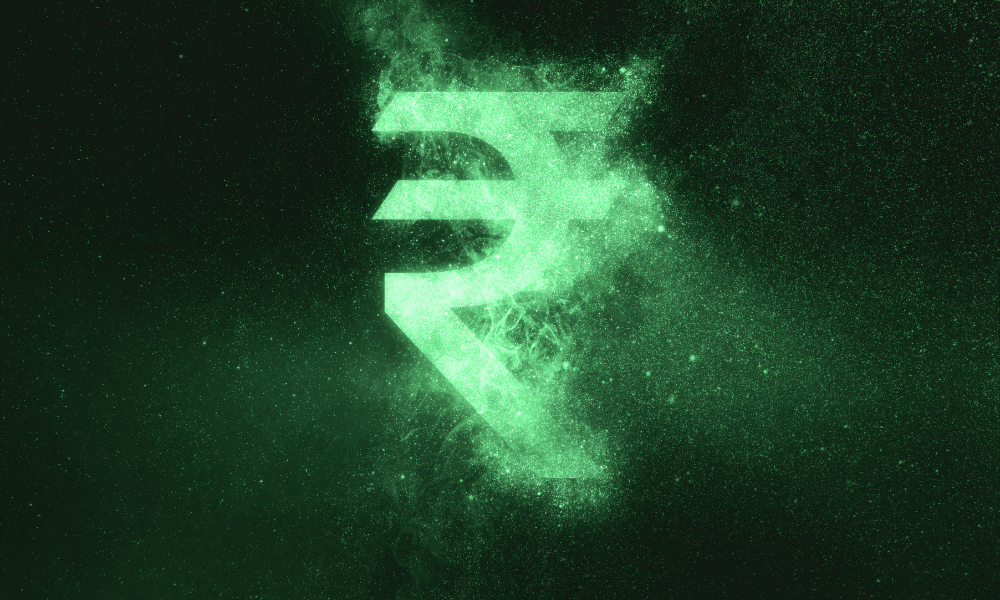
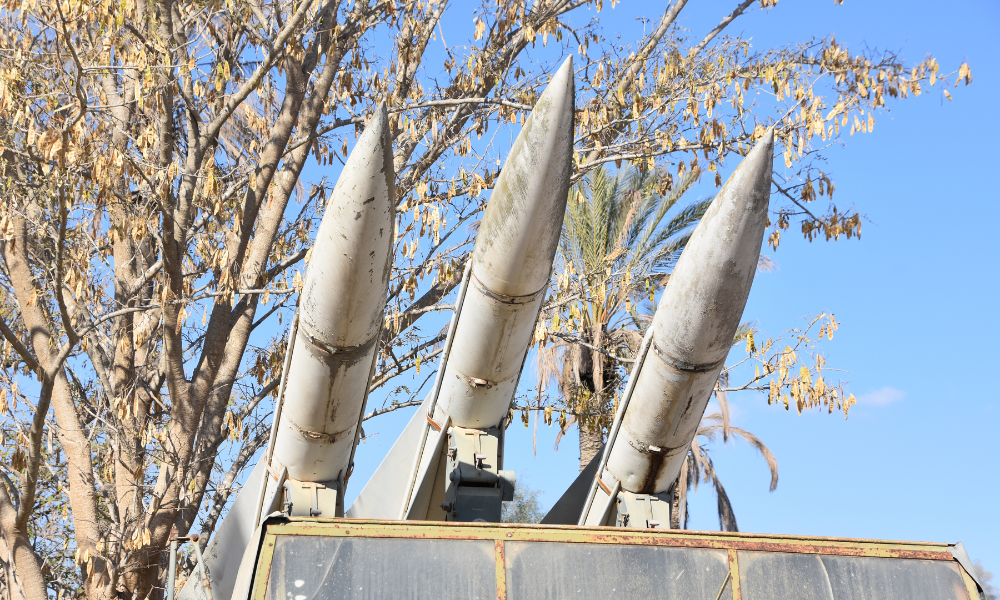
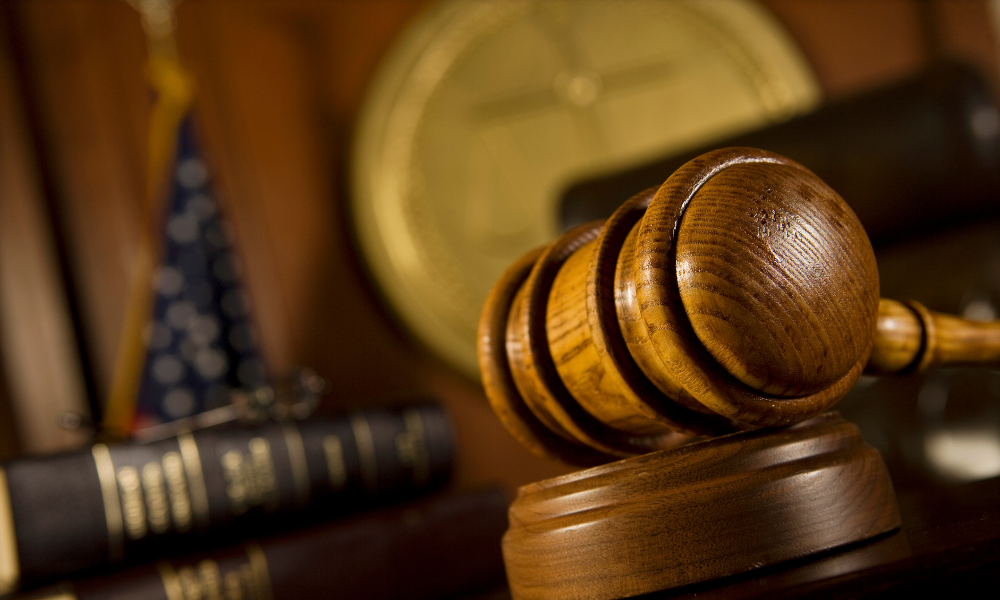



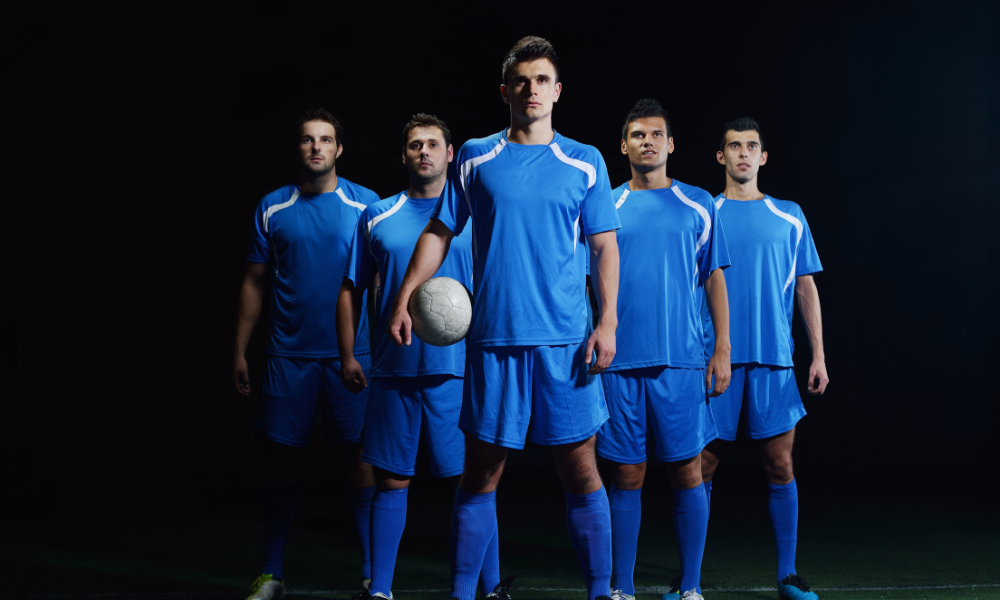



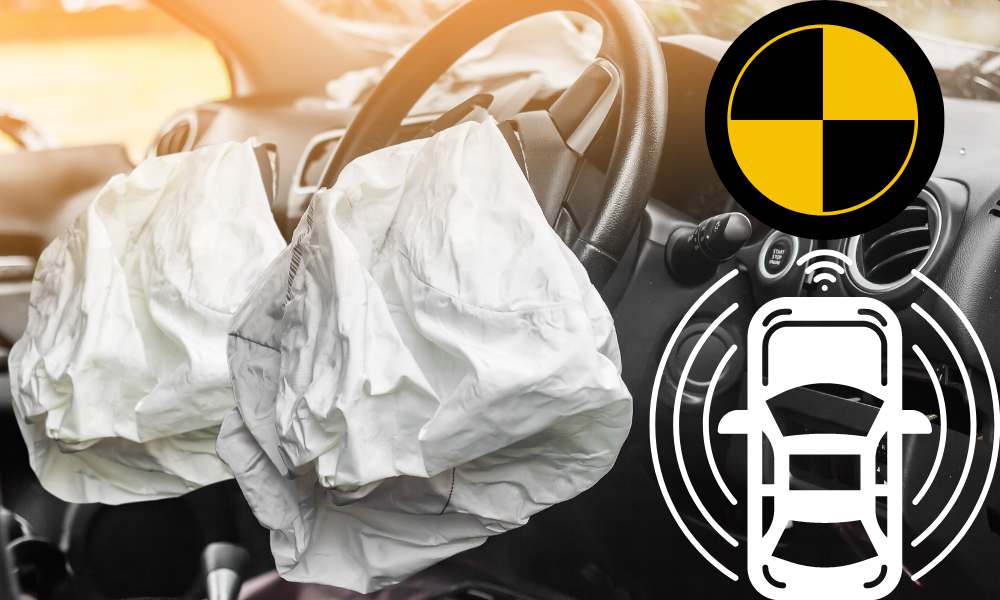
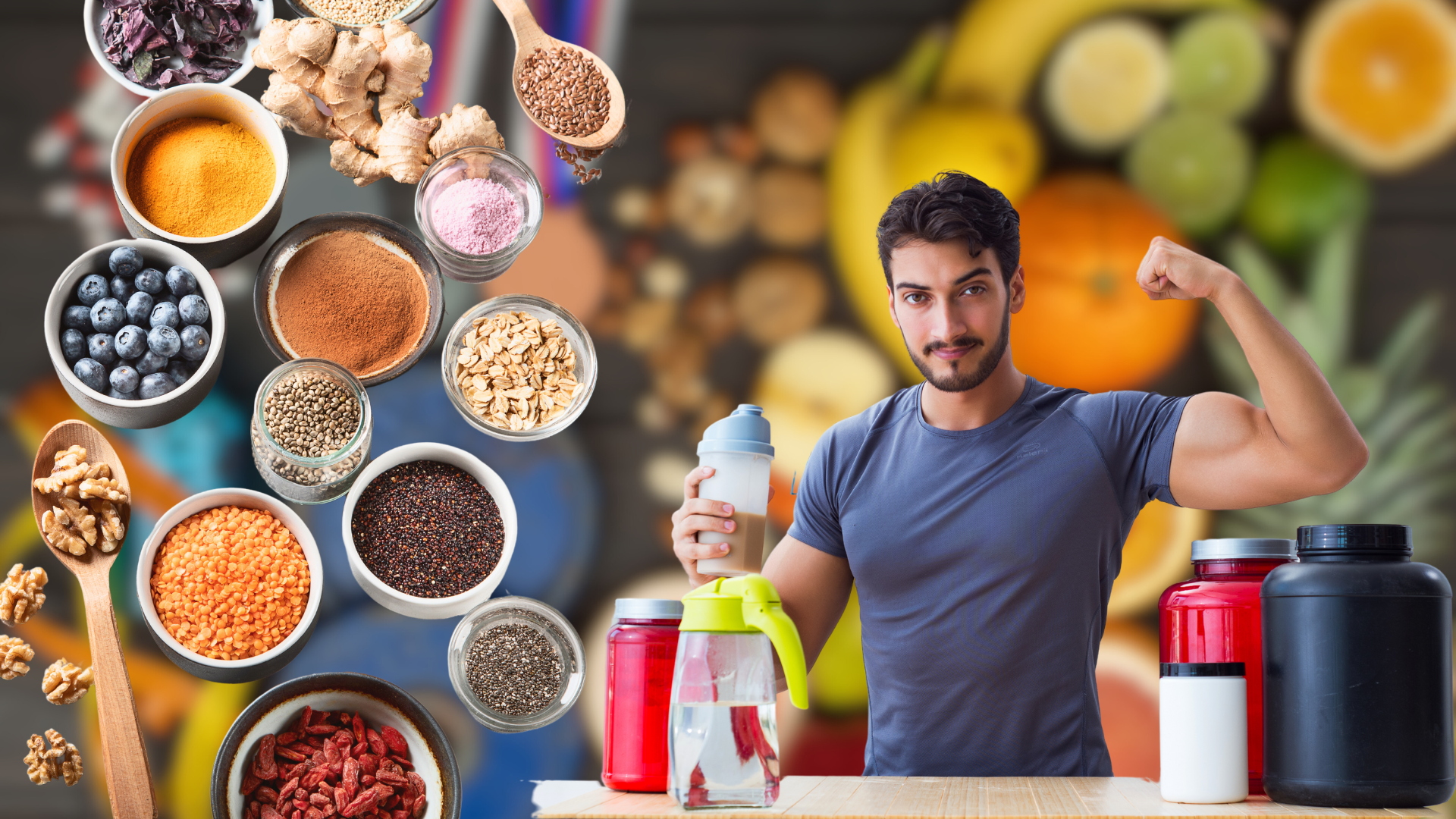
.png)
.png)
